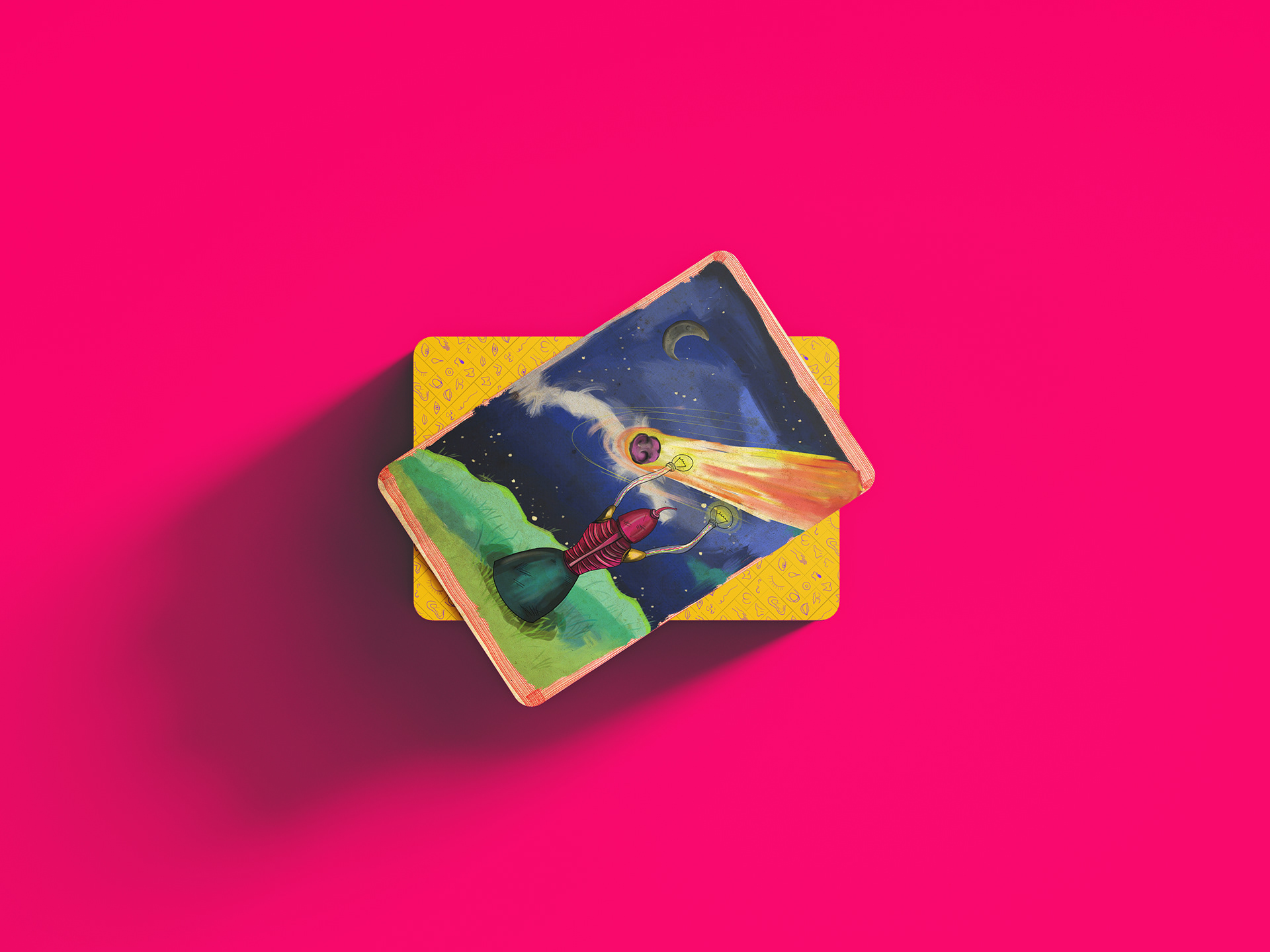

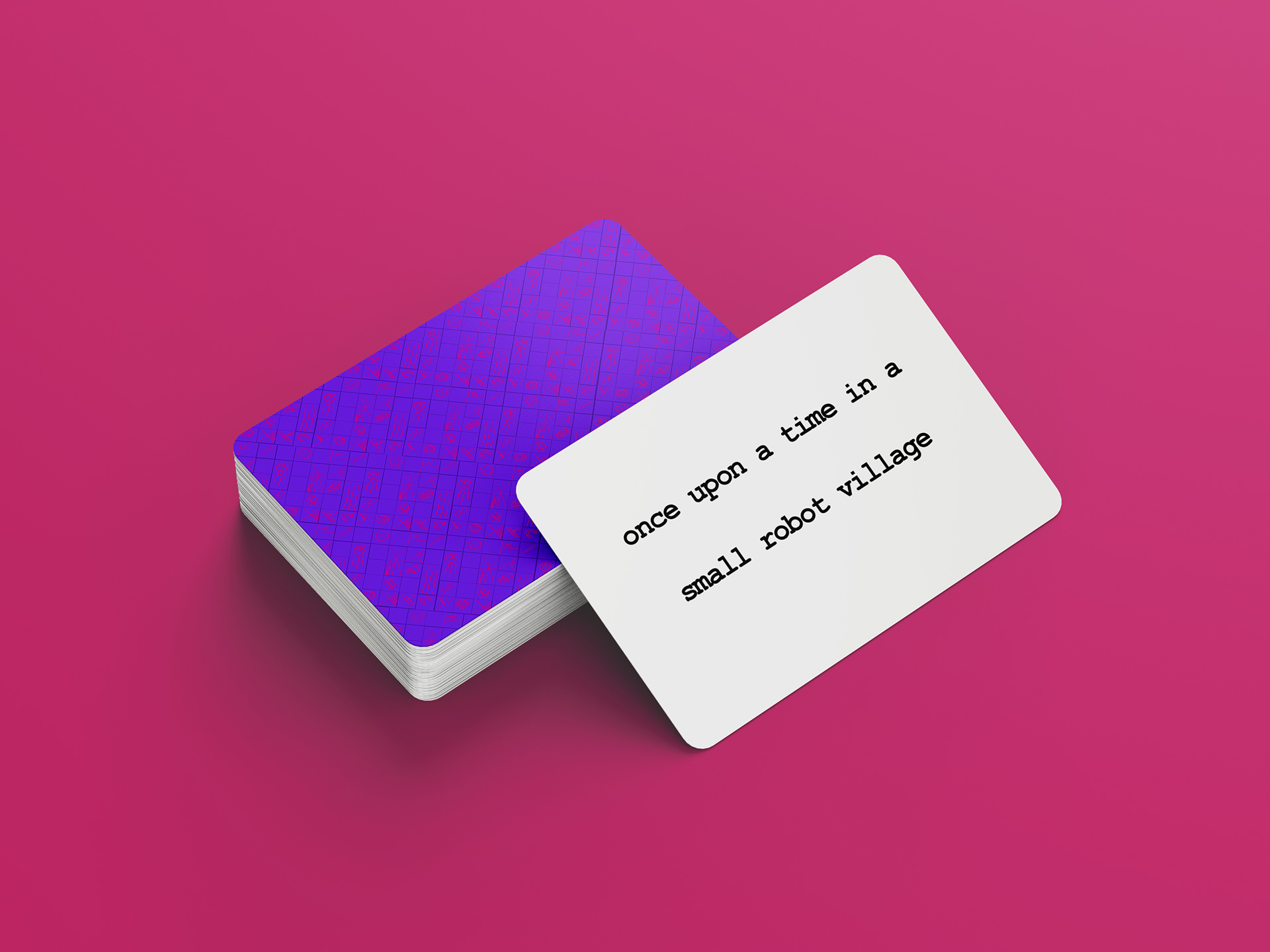
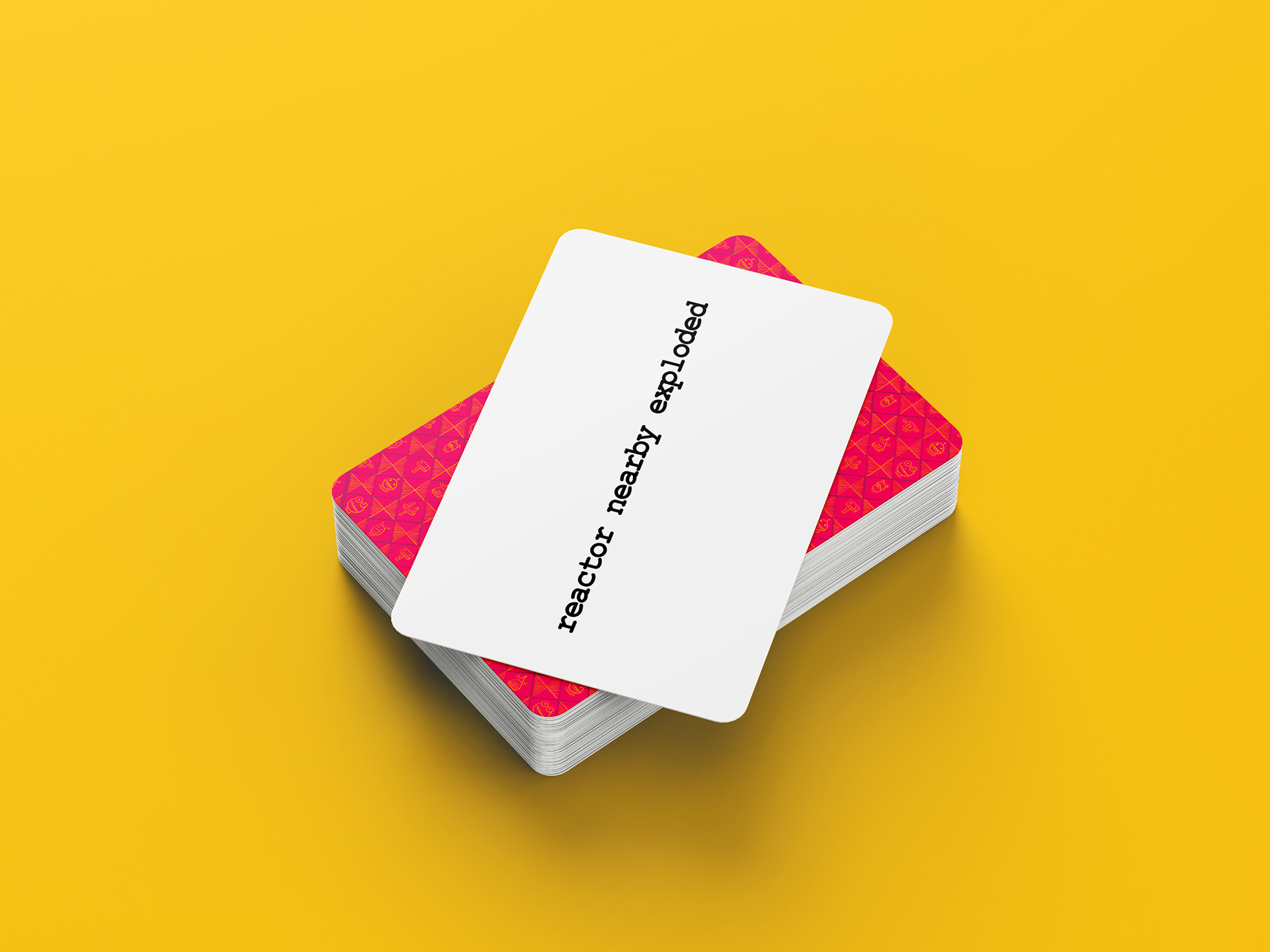
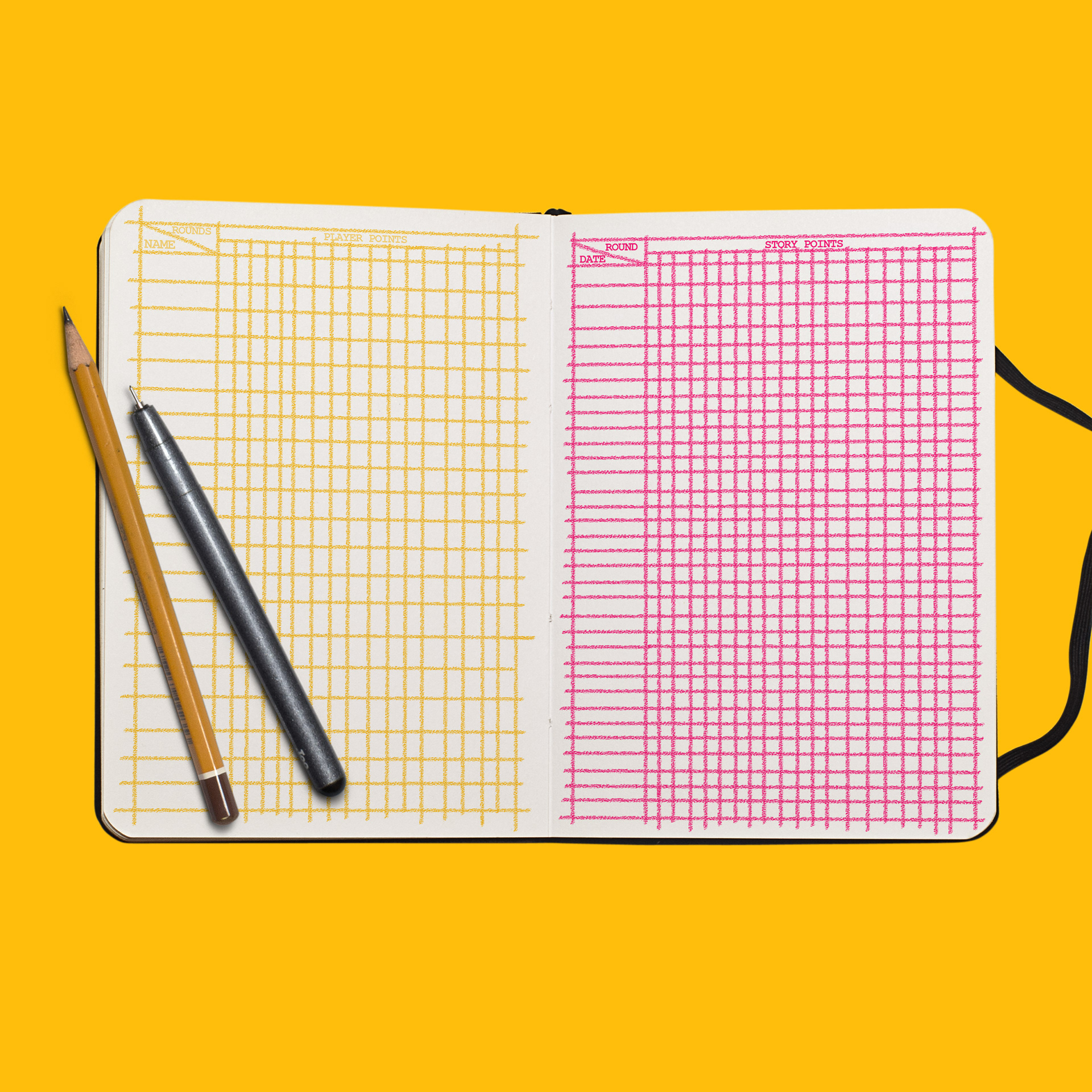
CONCEPT:
After reading both books which were part of my theme, I prepared a lot of sketches and researched possible visually naïve ways to represent robots. Lem was avoiding any serious statements in his creation, his stories are interesting but overall, I am finding in them less depth than you find in classic fairy tales. You can look for the philosophical aspects, anti-utopian society, and the price you pay for new technology but still, it is very blunt. A number of neologisms used in a book and constant play have been used with mixing the archaic language with new construction creating an over-complicated form for very simple, comic plots. The problem with that theme was that I do not believe it is possible to translate those books adequately into English. It is a little bit like with Pratchett – translators of his book did an amazing job which I would not think is impossible after reading him both in English and Polish. They translated meanings to other cultures, historical and political events, sayings, and neologisms. But Lem is at least 50 times harder. There is no phrase which is not a language game with no equivalent in another language. You can translate the plot, but you cannot translate the style. And style is one of the biggest elements of those books which was completely overlooked by the translators. This is crucial here – ‘Clockwork Orange’ for example got two different translations in circulation in Poland. One of them made the same mistake and no one wants to read it. The other paid homage to original language and form and that is what you look for when you want to read that book. Making illustrations for it would be pointless because I cannot find a way to transfer that creation to the English language. After reading a fragment of the English translation, I regret I decided to use the original – the English version is simple and much easier to read and there is not whatsoever any signal that some unusual language was used in the original. Disappointing.
They are fables by all means and that gave me the idea that it might be a great opportunity and great universe to create a base for something bigger and more expansive. That is why the idea of creating a zine, comic book or just invention had to interest me – that would be still a simple illustration of simple stories. I also wanted to create an idea which will go outside college walls, which is bonded to the theme but can exist on its own, which I might take further in the future and research completely new areas. And how can I achieve it?
I thought about something interactive which grows when in contact with different personalities. From that point, it was obvious what I will choose – a game. Tabletop game specifically. Around the same time, I bought again one of my favourite games from the past – Dixit. I love its visuals and concept, but it was always lacking a lot of details for me. From that point, I decided to make my own version. With improved mechanics, different aesthetics, and a completely different idea behind it. I wanted to design a game which will make players lurk in a different world, and create their own story. Something like D&D but for people who can not or do not want to get involved in more advanced games. It also gave me a chance to research the creation of that king of the games, its needs, the simulators I can use, how can I promote it and what a successful campaign for Kickstarter looks like. And all my research was successful except for one part – I can not find a printer in the UK which can print it for me.
I watched plenty of tutorials about digital painting and drawing, but unfortunately, I am still finding my way there. Still, I would preferably focus on mixing media and basing everything on traditional elements but one of the goals of that project was to improve my purely digital skills. There is still a long way to go but I believe I already did my first steps. All I need now is more practice, more knowledge, and more experience.
I prepared those images using templates from the website which I may try to use in the future to publish the game. Those templates are important to indicate how many players can play the game, from what age and how long the usual game last. It might be important for many while buying a game – personally, I look at it most of the time. I also looked around that website and it has many useful resources for everyone who fancies designing games.
Originally, I planned to create a simulation and short animation with cards so I can use it for Kickstarter later, but the specifics of our submission form made me not do it. I would not have a chance to present it and I run out of time. I decided to just present the concept of the game with example illustrations to be able to show how the game will look like. I might prepare a full prototype in the future.
Originally, I planned to create a simulation and short animation with cards so I can use it for Kickstarter later, but the specifics of our submission form made me not do it. I would not have a chance to present it and I run out of time. I decided to just present the concept of the game with example illustrations to be able to show how the game will look like. I might prepare a full prototype in the future.
To create examples looking as close to how the prototype would look like I decided to find mock-ups which are free to download and look aesthetically close. All of them needed a lot of manipulation to create the look which they have now. It was hard to keep the shadows the way they re and still be able to compose them together.
Patterns
I watched some videos about making patterns just to remind myself how to do it but after that I realised, I do not want a perfect pattern. I intended to do something using symmetrical elements and put them together by hand. Add human mistakes to the perfect form of the deltoid.
EVALUATION:
The whole process of making that game gave me an opportunity to research areas I was not very familiar with before and expand my illustration practice. I had a chance to work on packaging and make it follow certain standards and design a whole game. I improved my digital skills and researched different ways of working. I used multiple brushes to find what is the best for my workflow. I created enough concepts I can you for future card development and I fully visualized all of my ideas. With all of that, I can present the game and continue to work on it in the future.
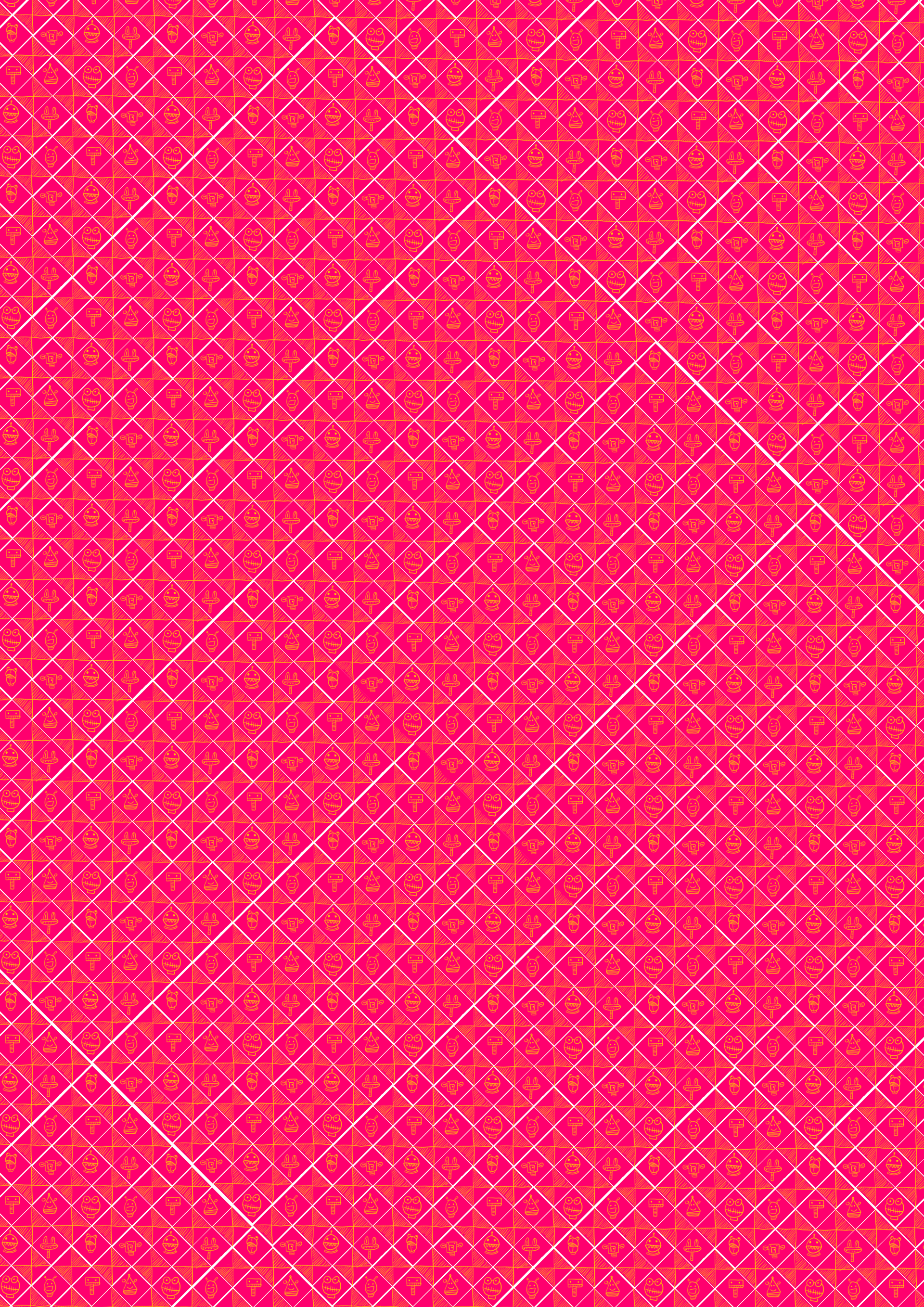
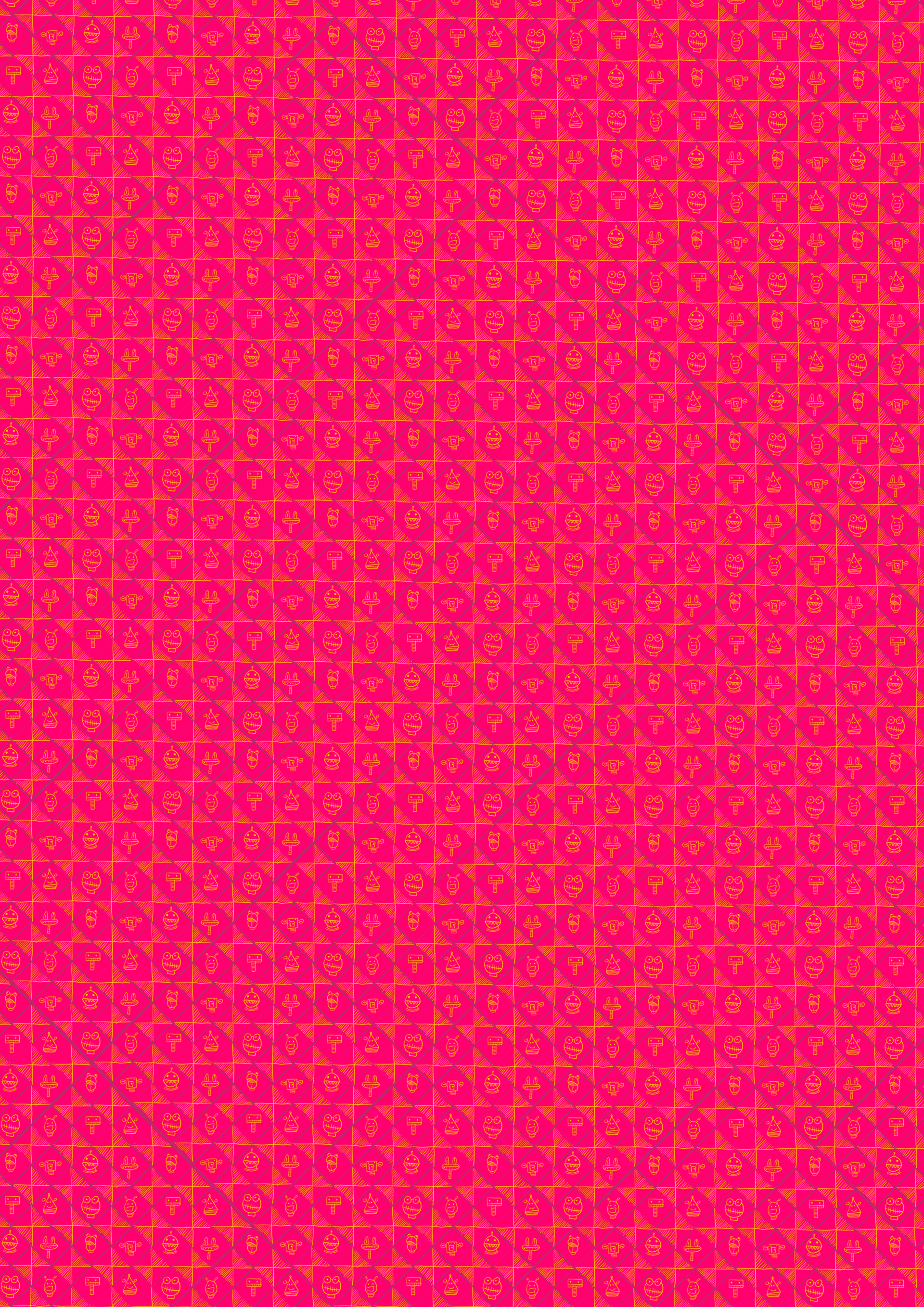
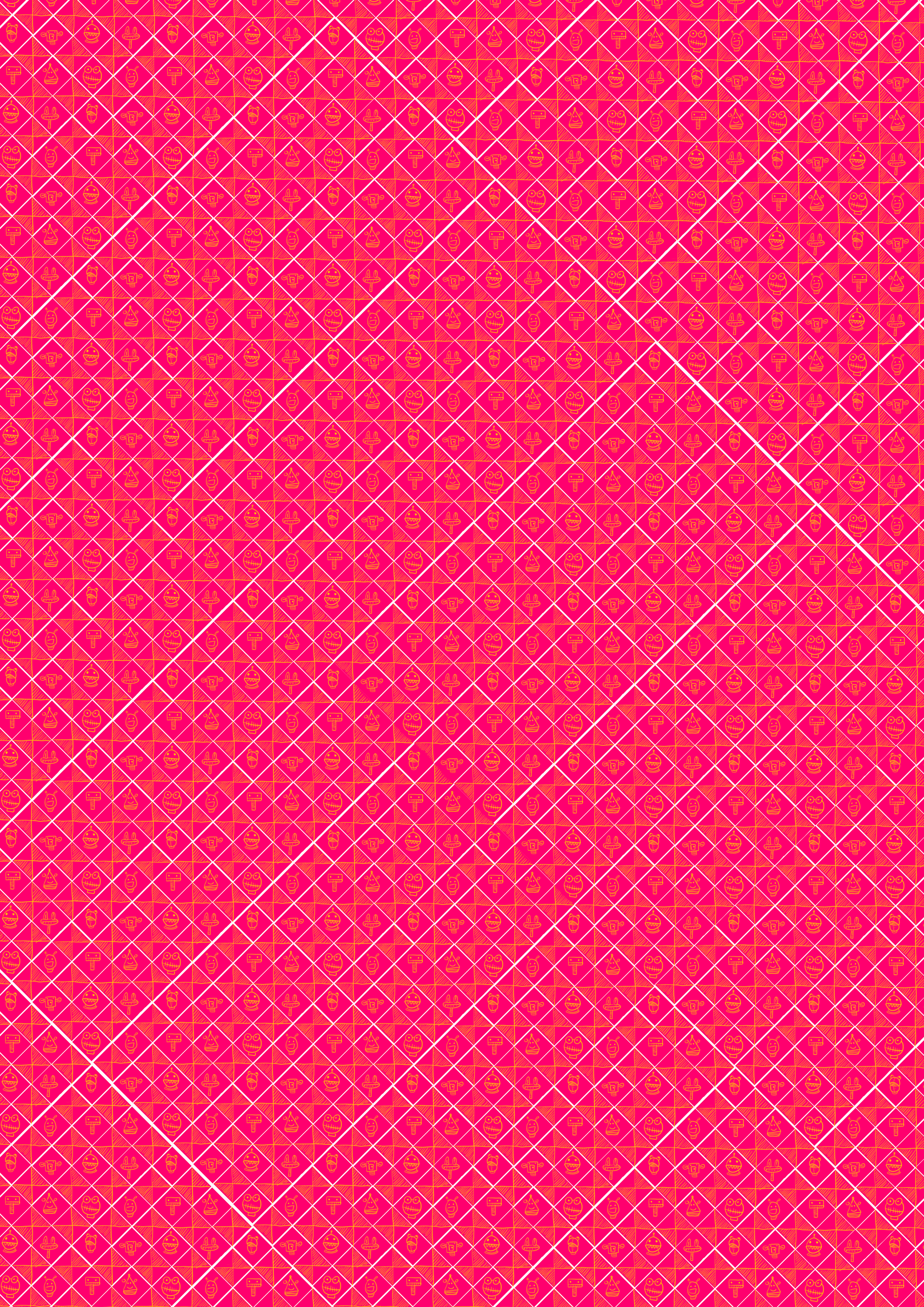




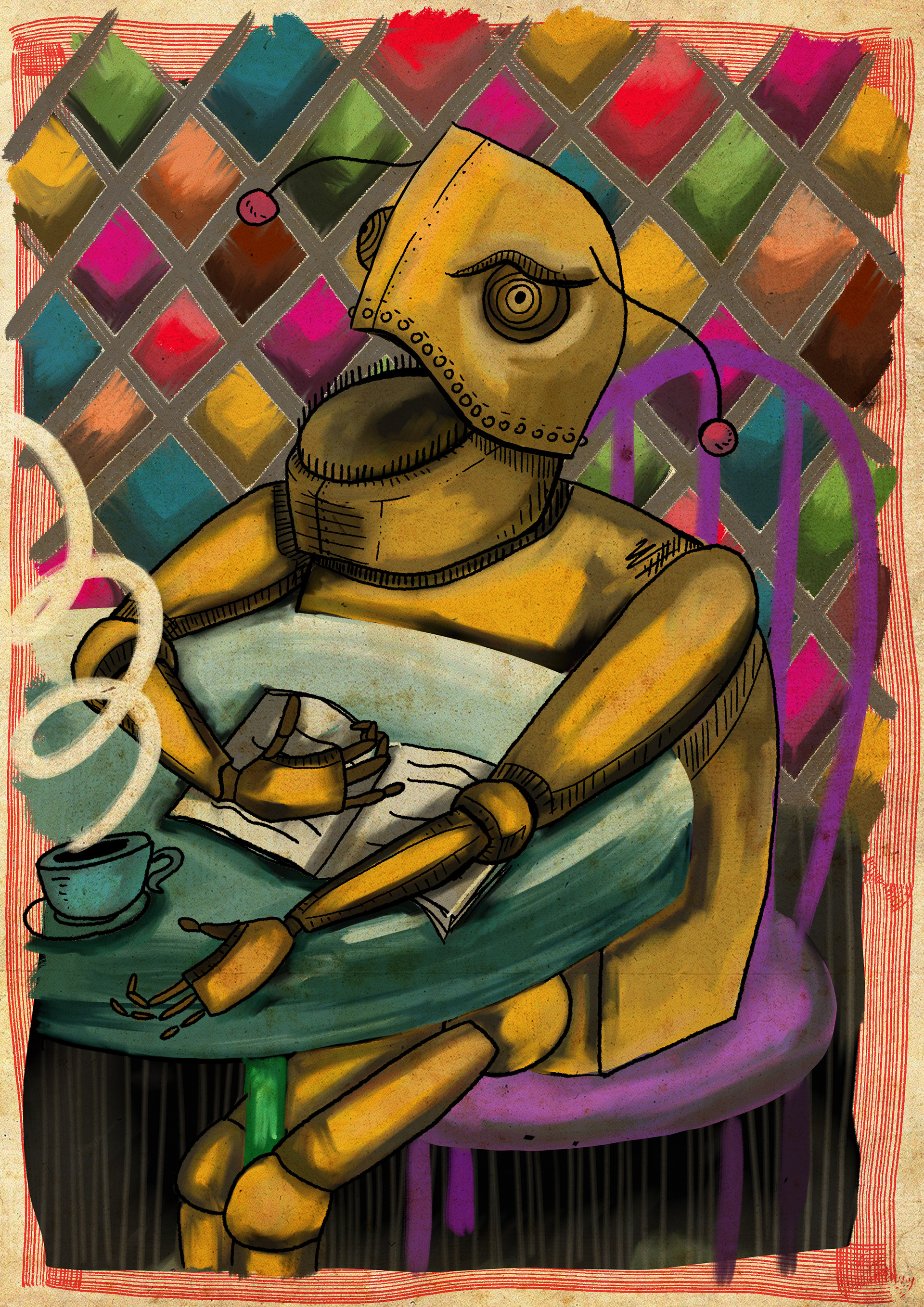
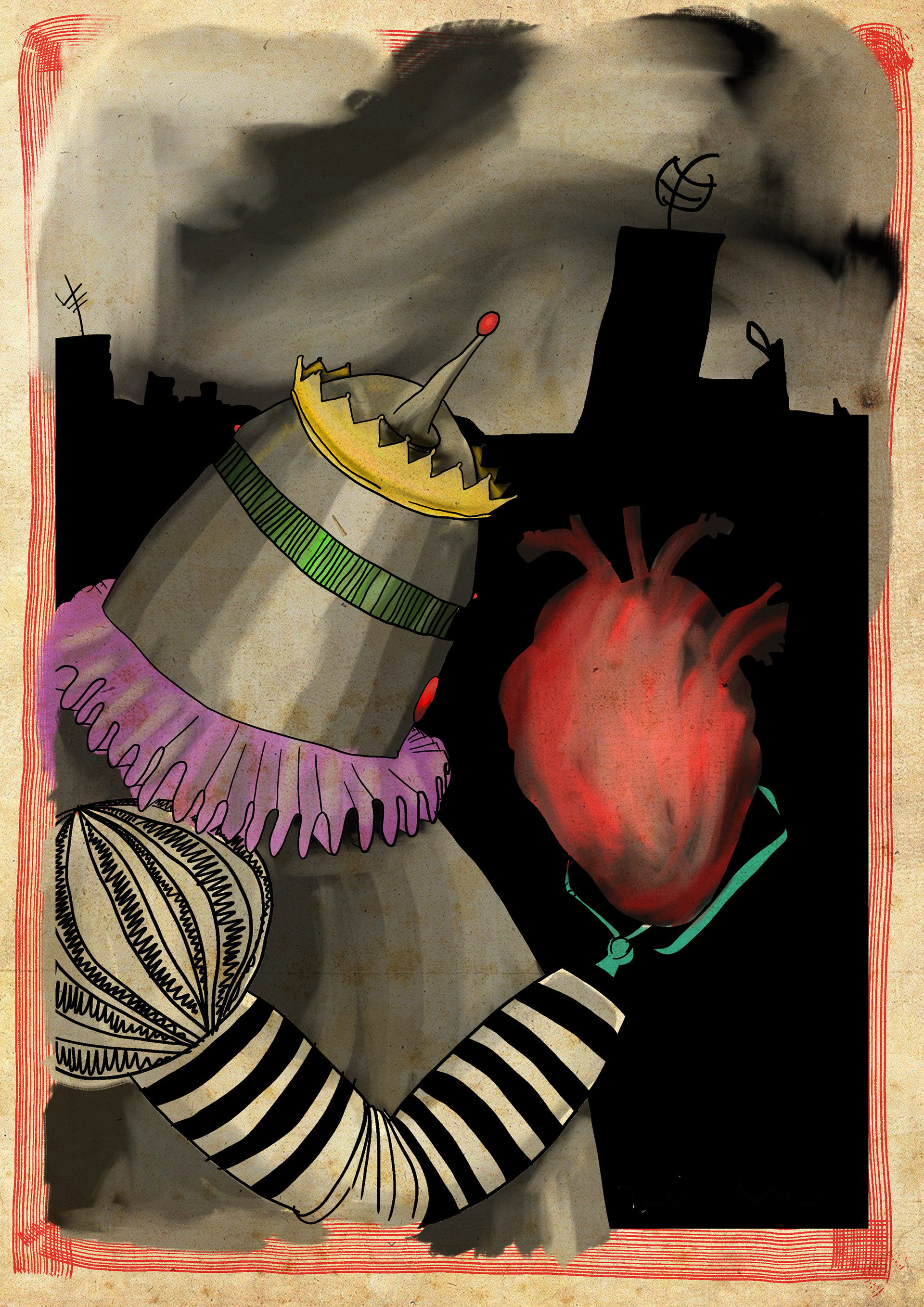
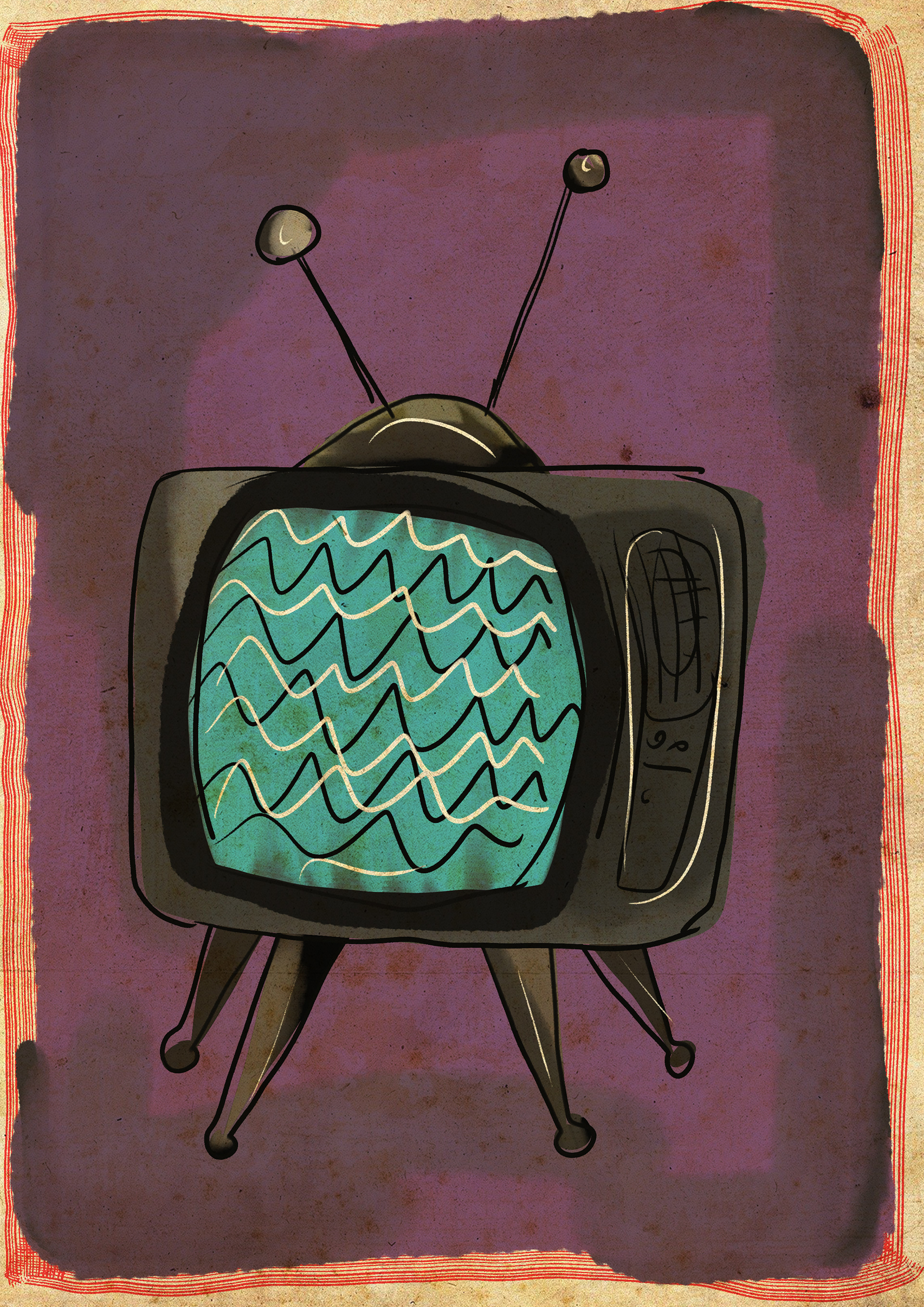

CONCEPT SKETCHES
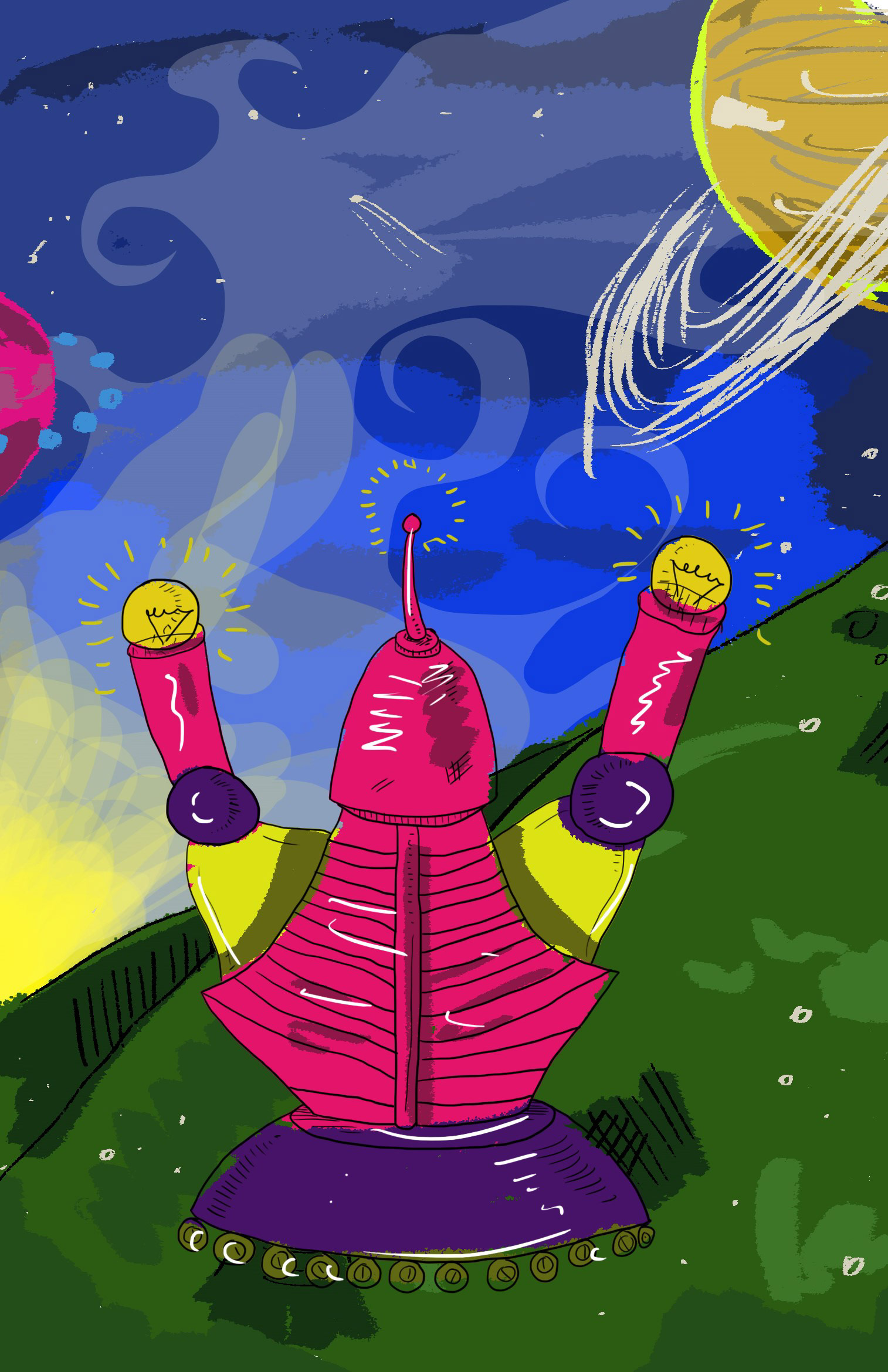
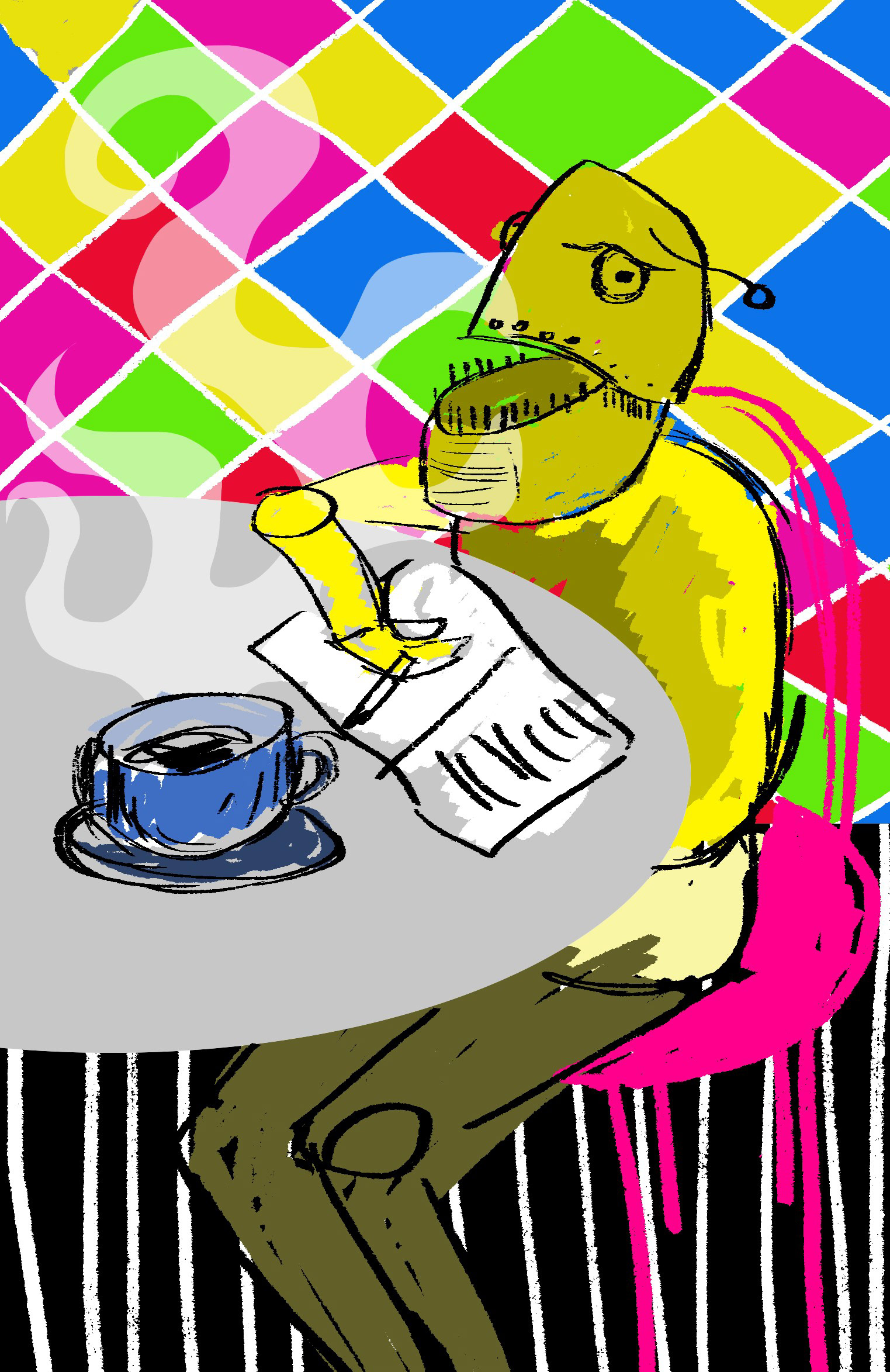

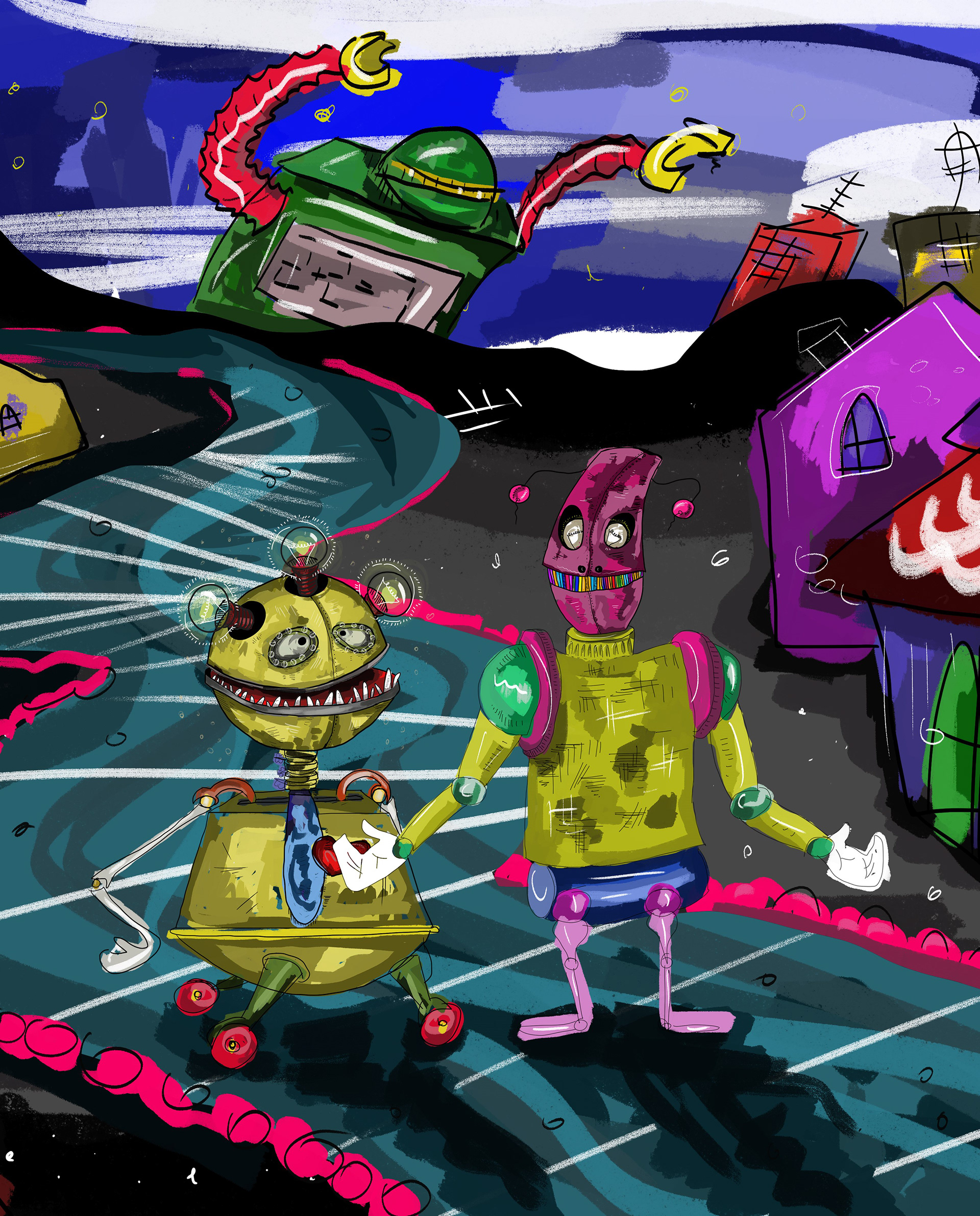

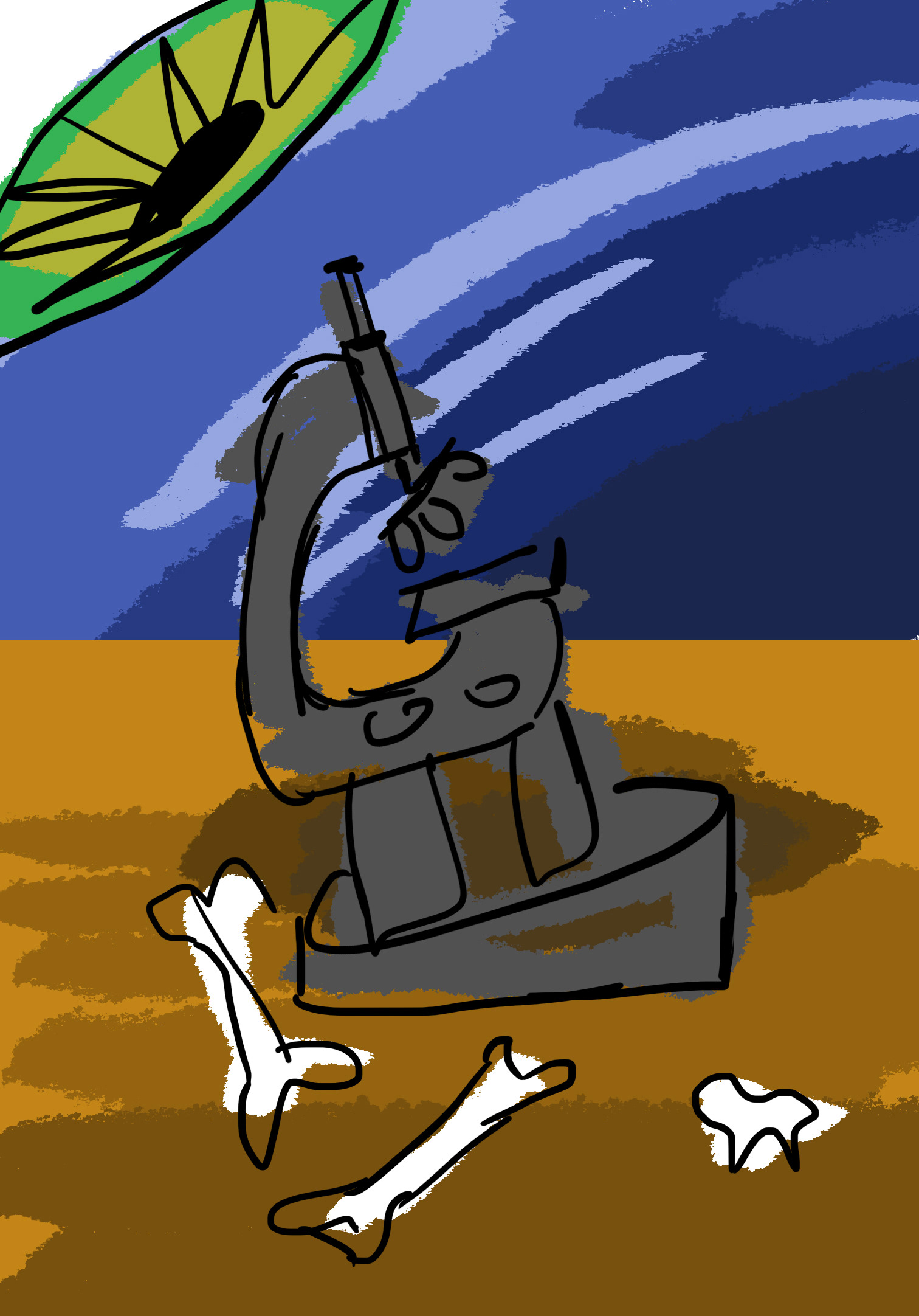
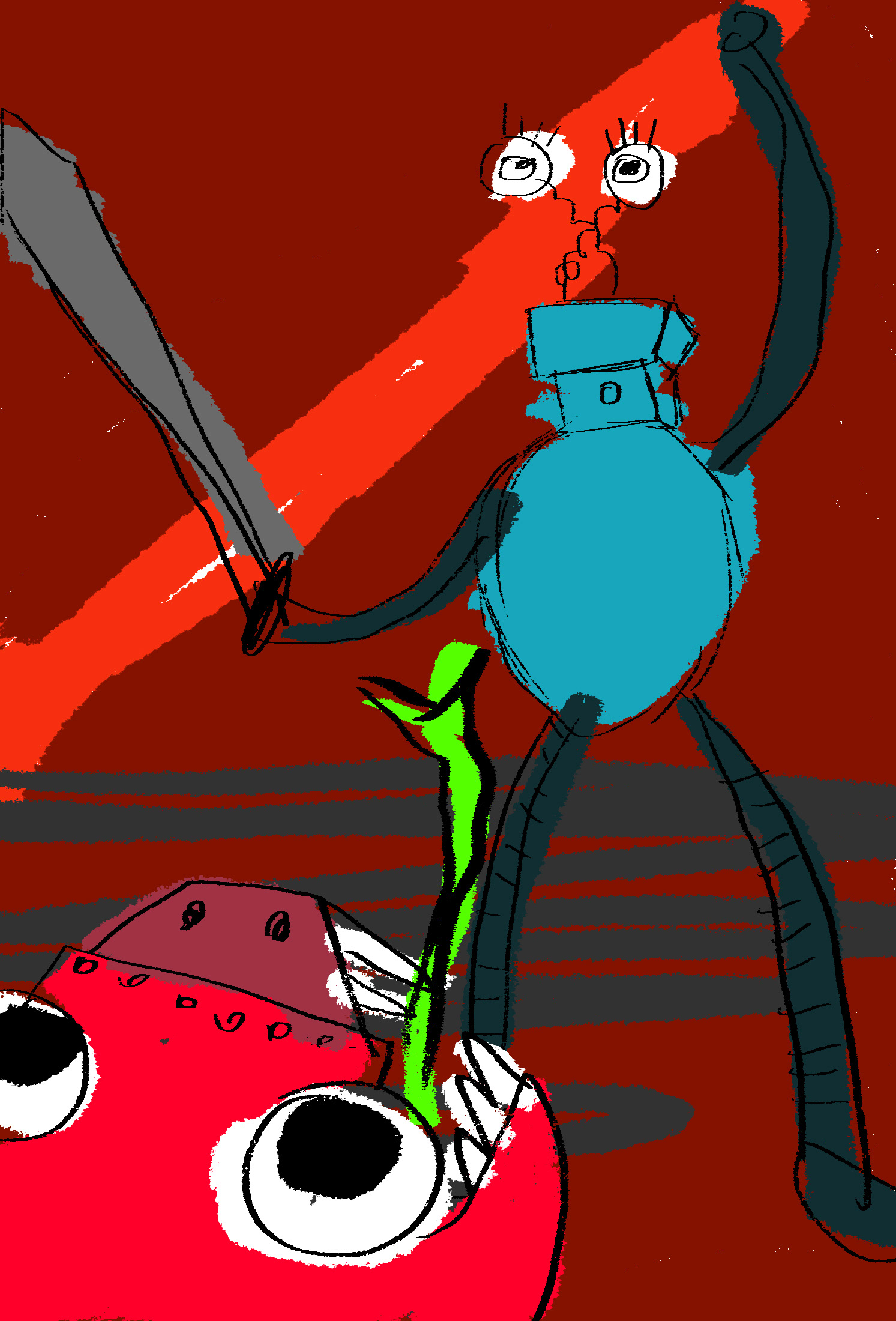
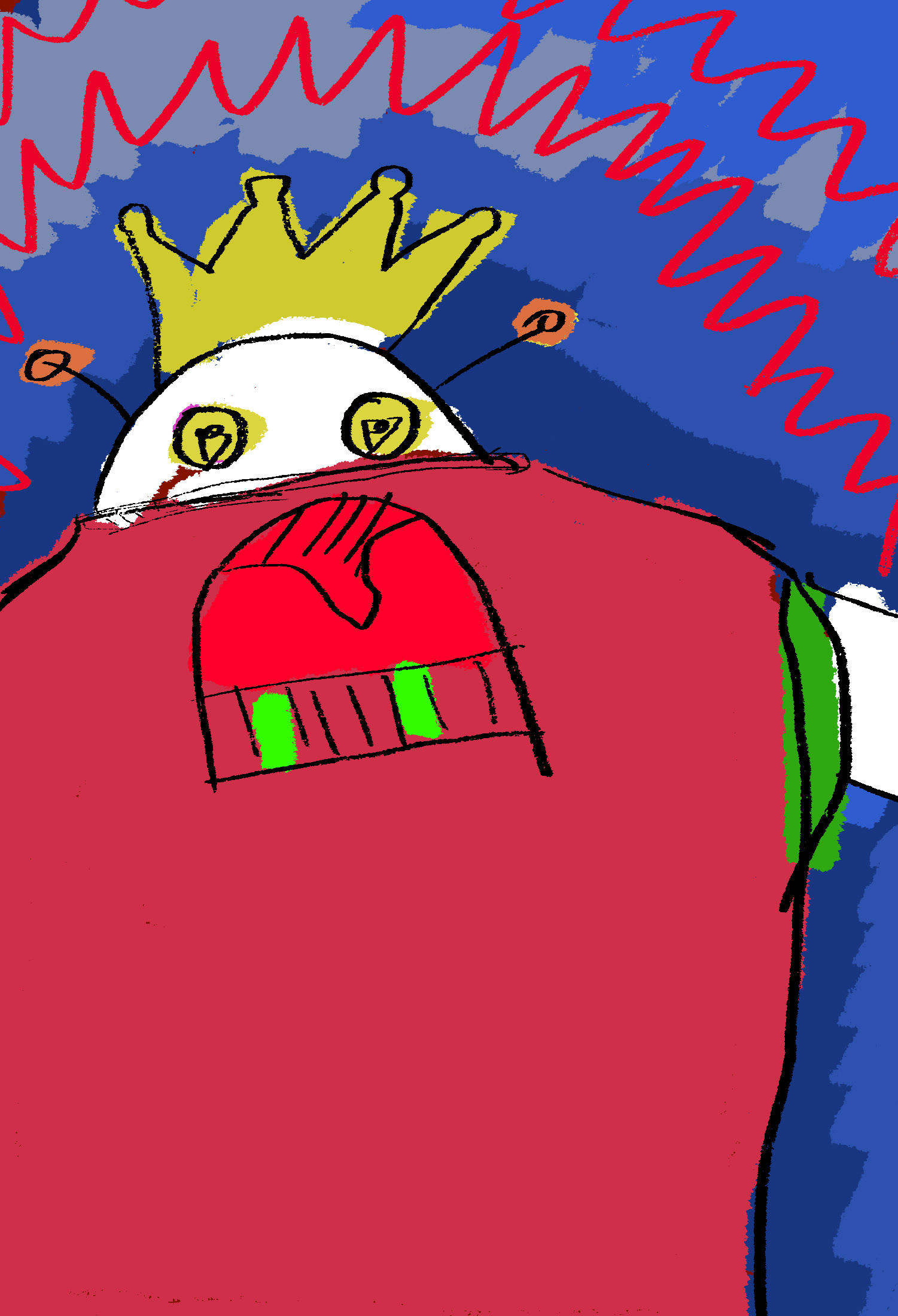
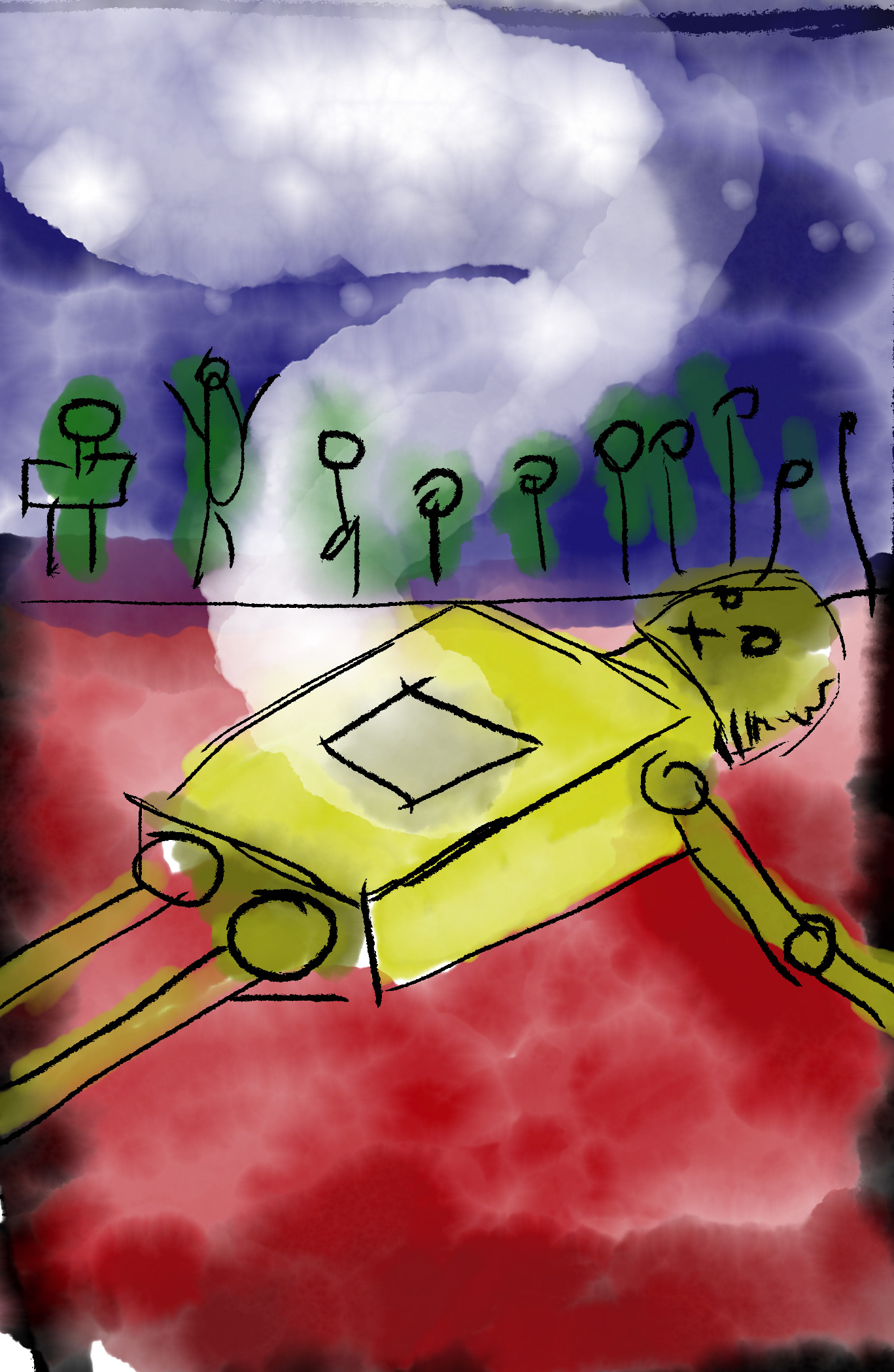
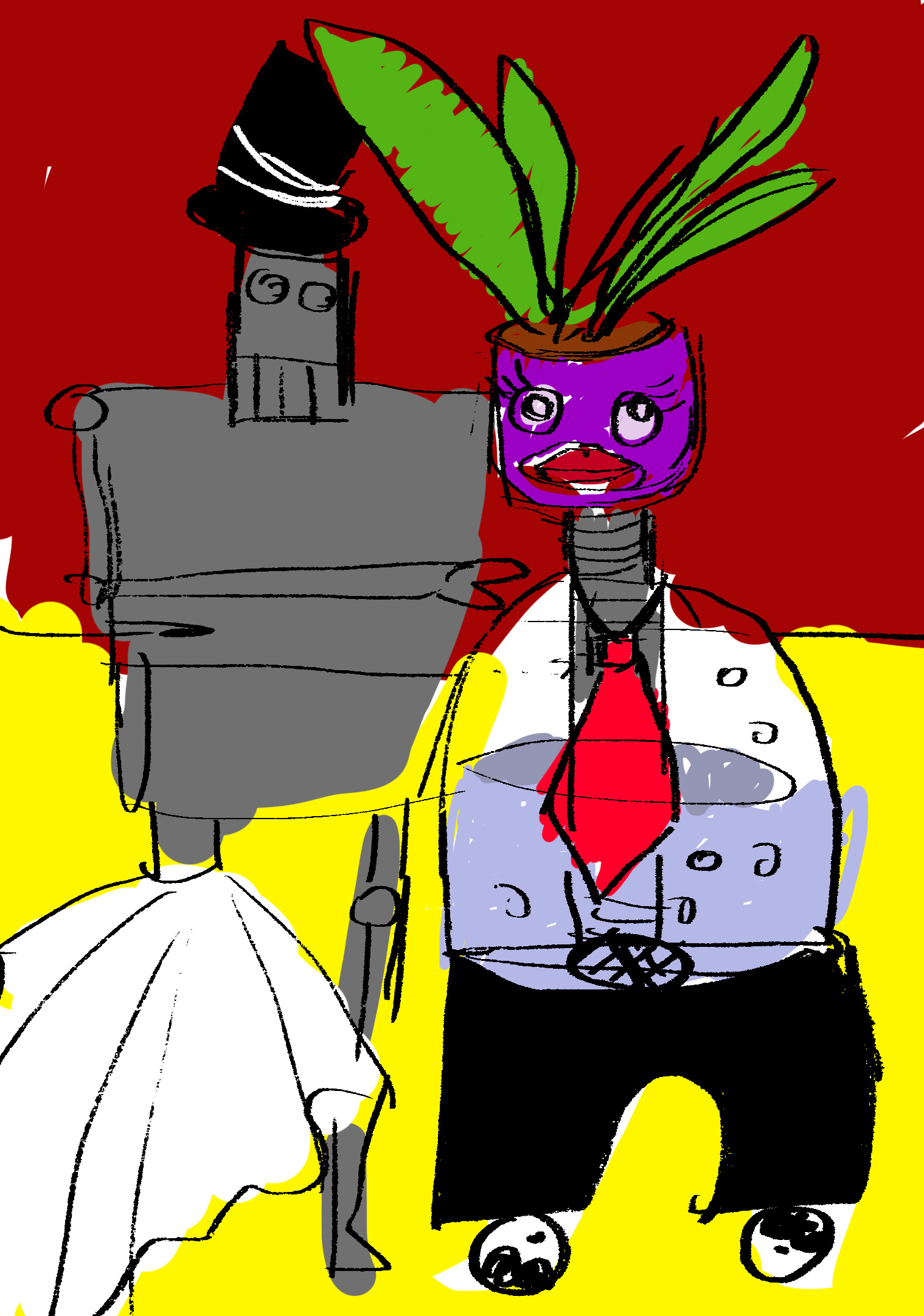
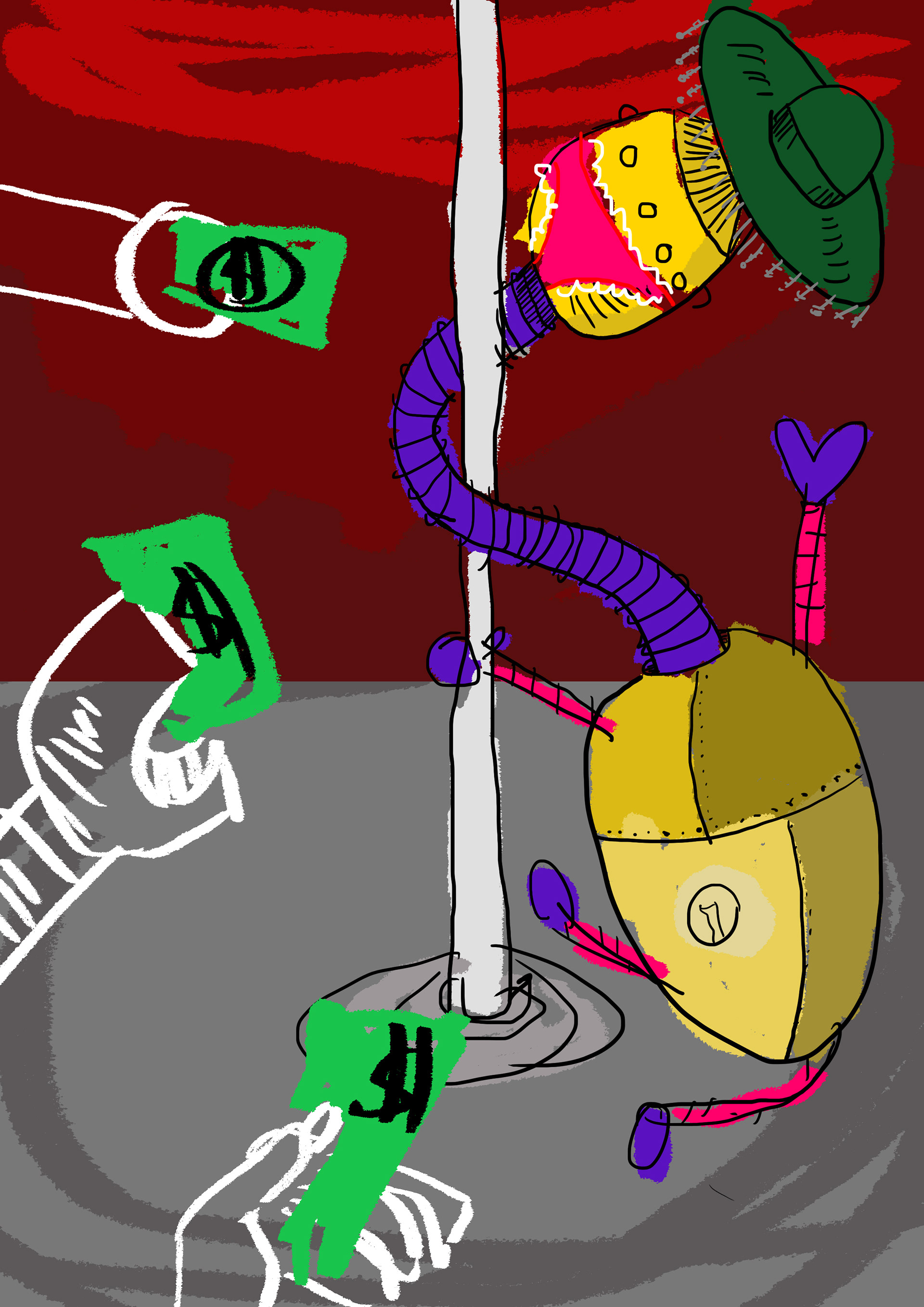
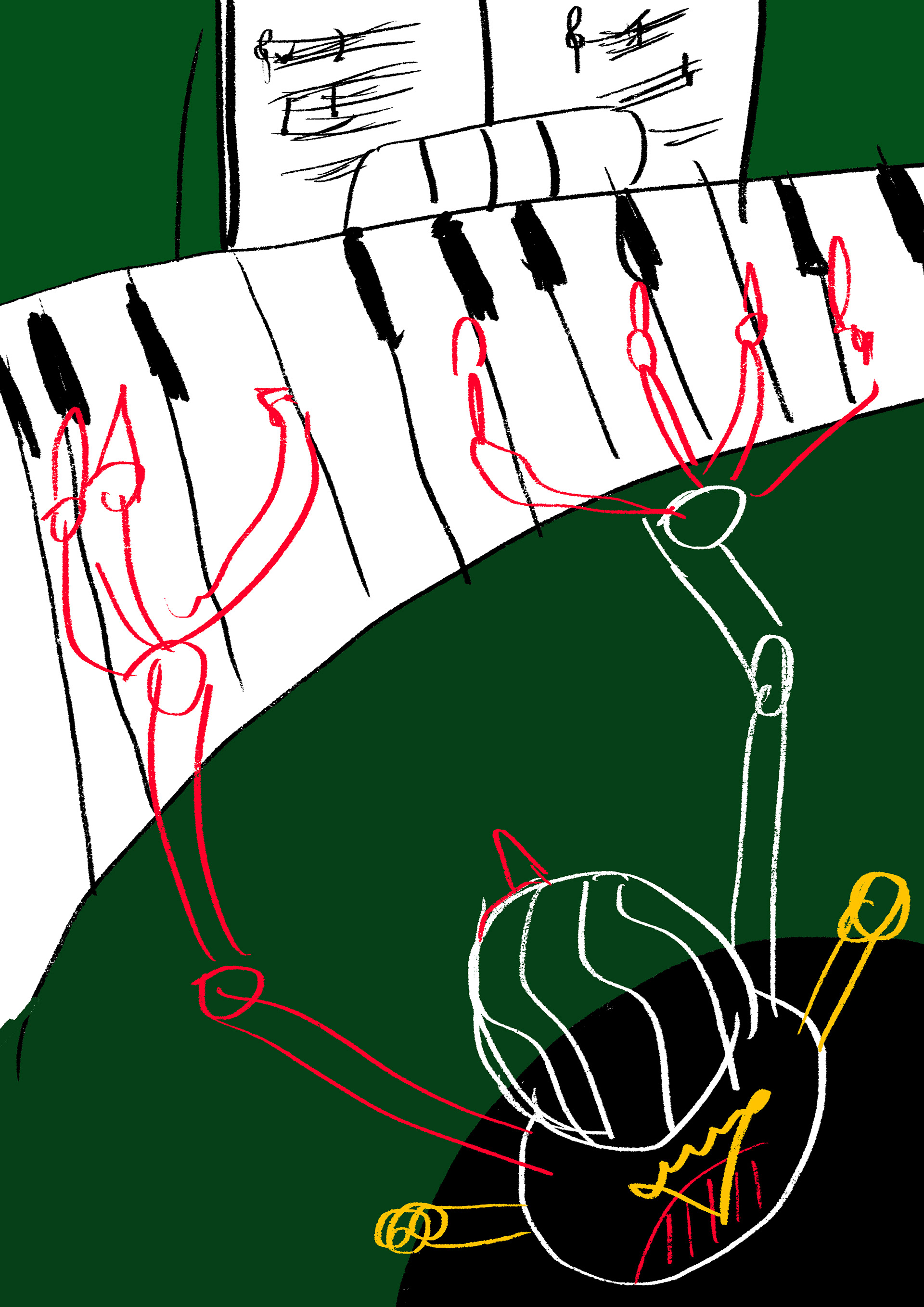
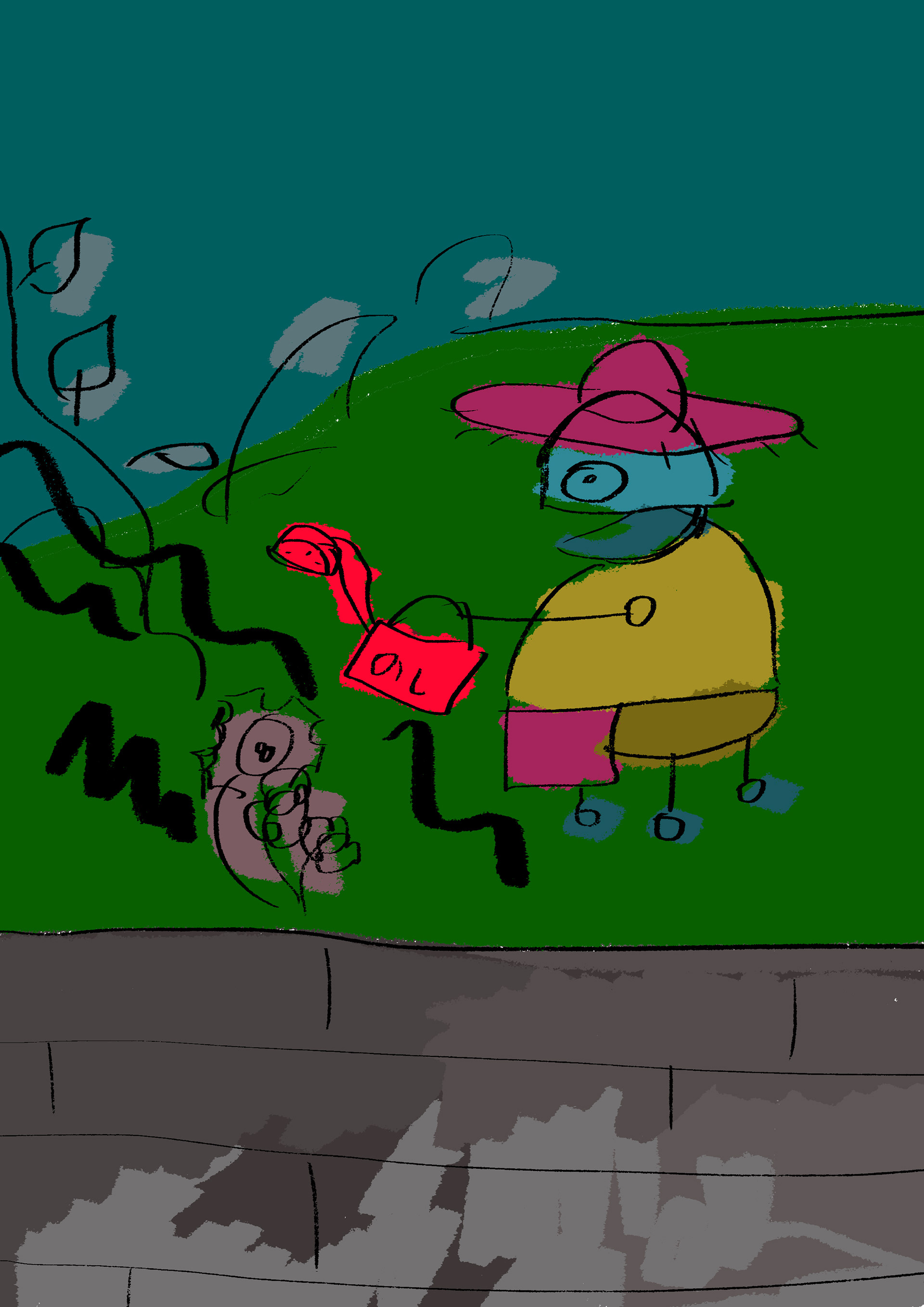
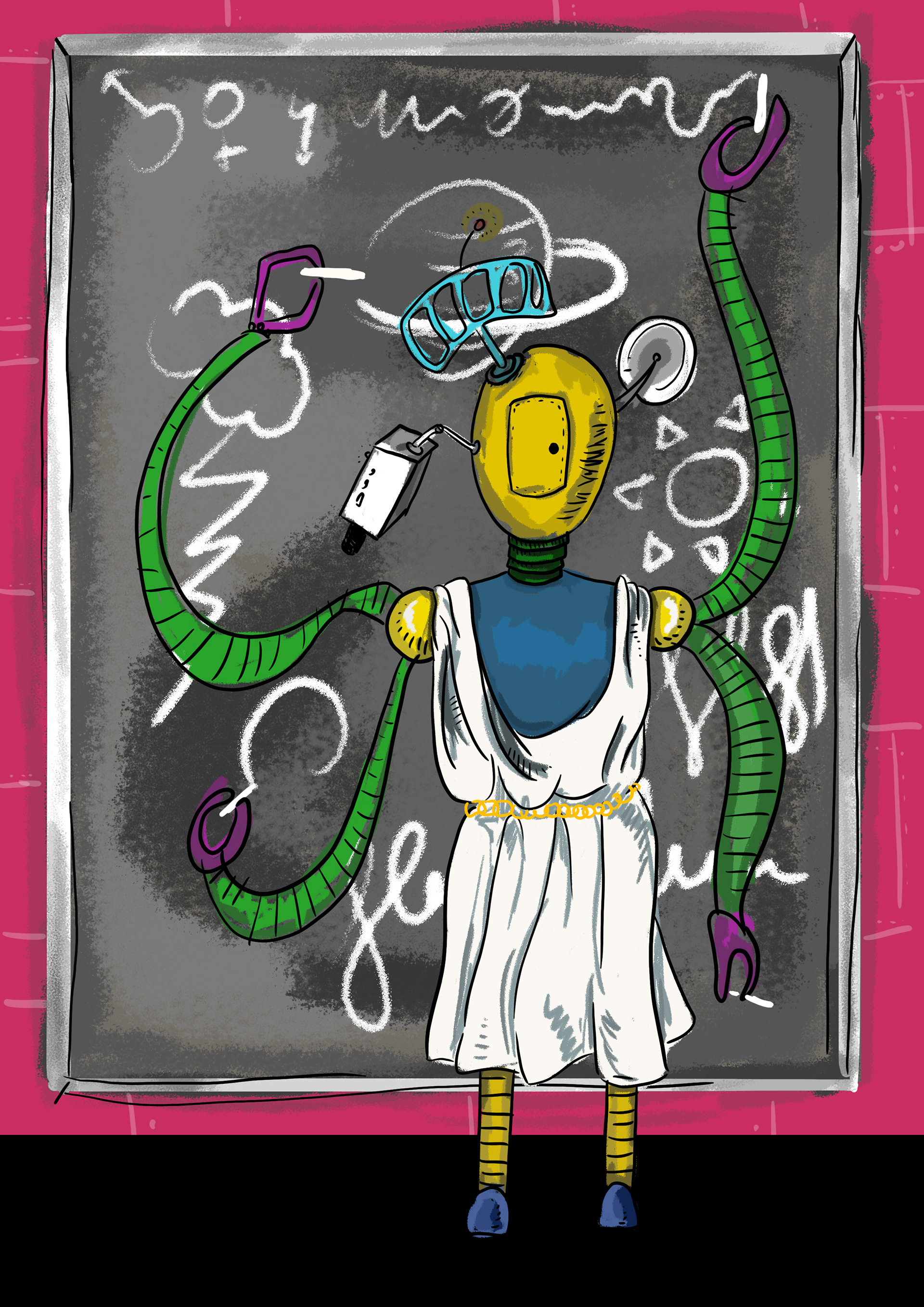

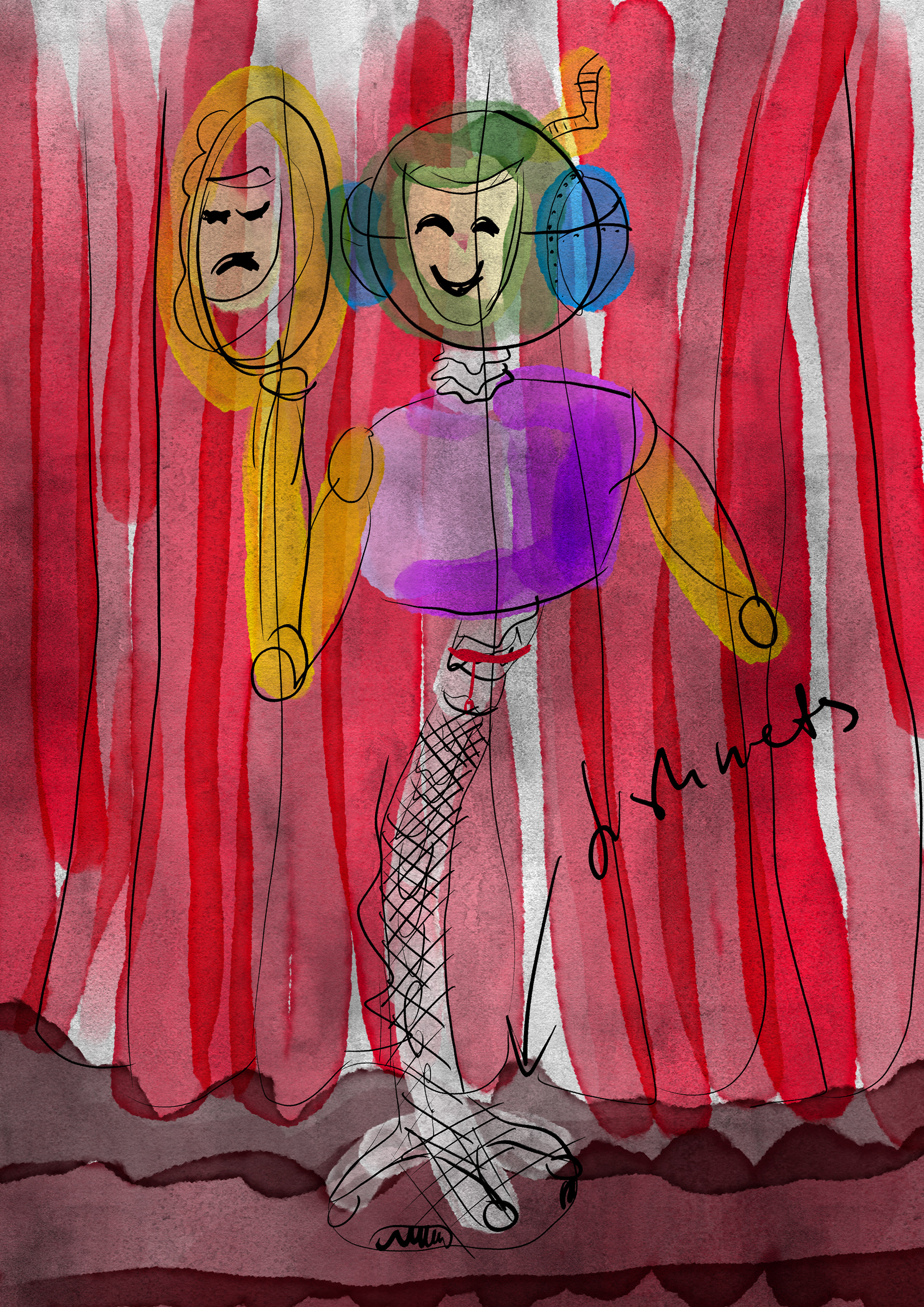
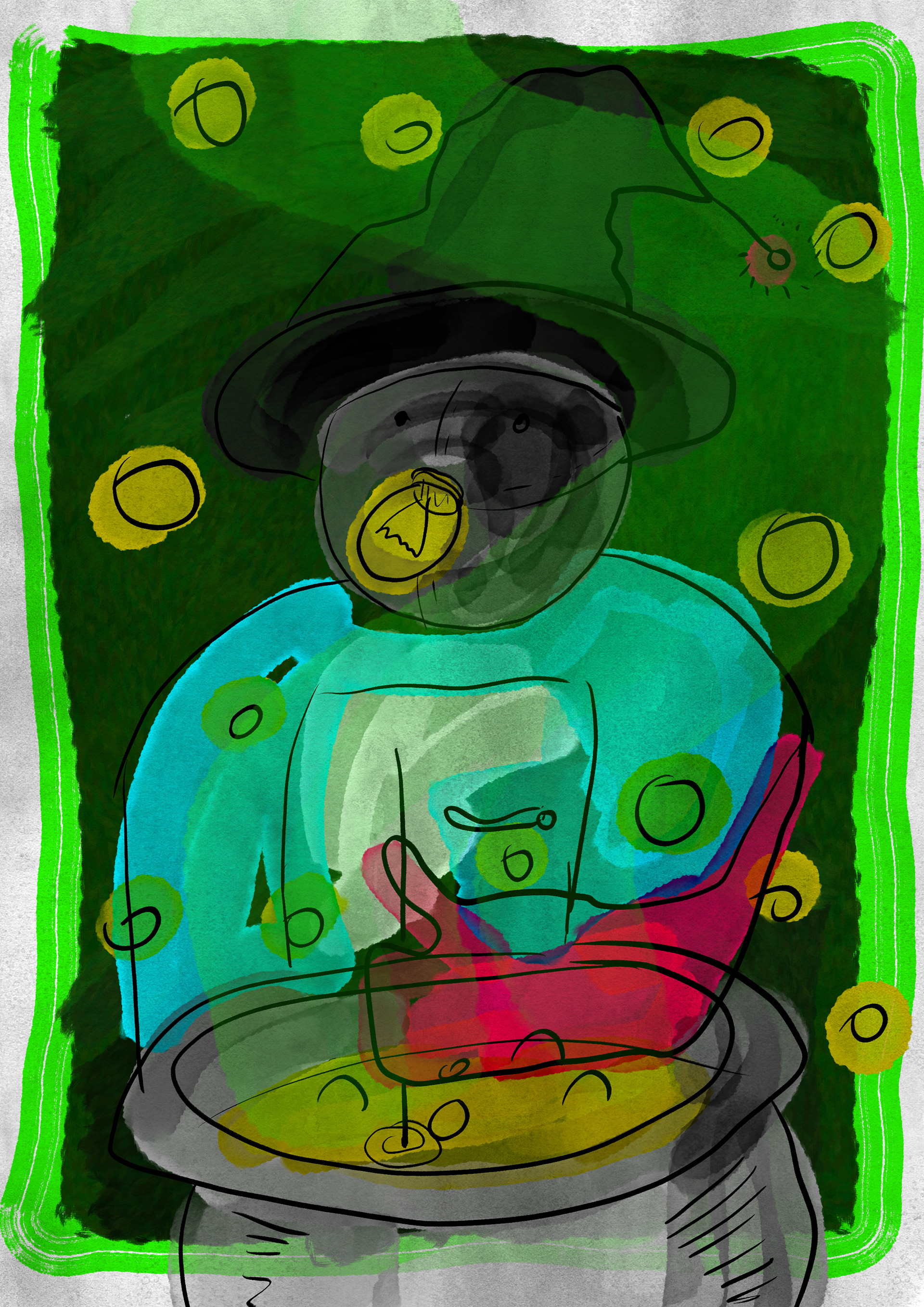
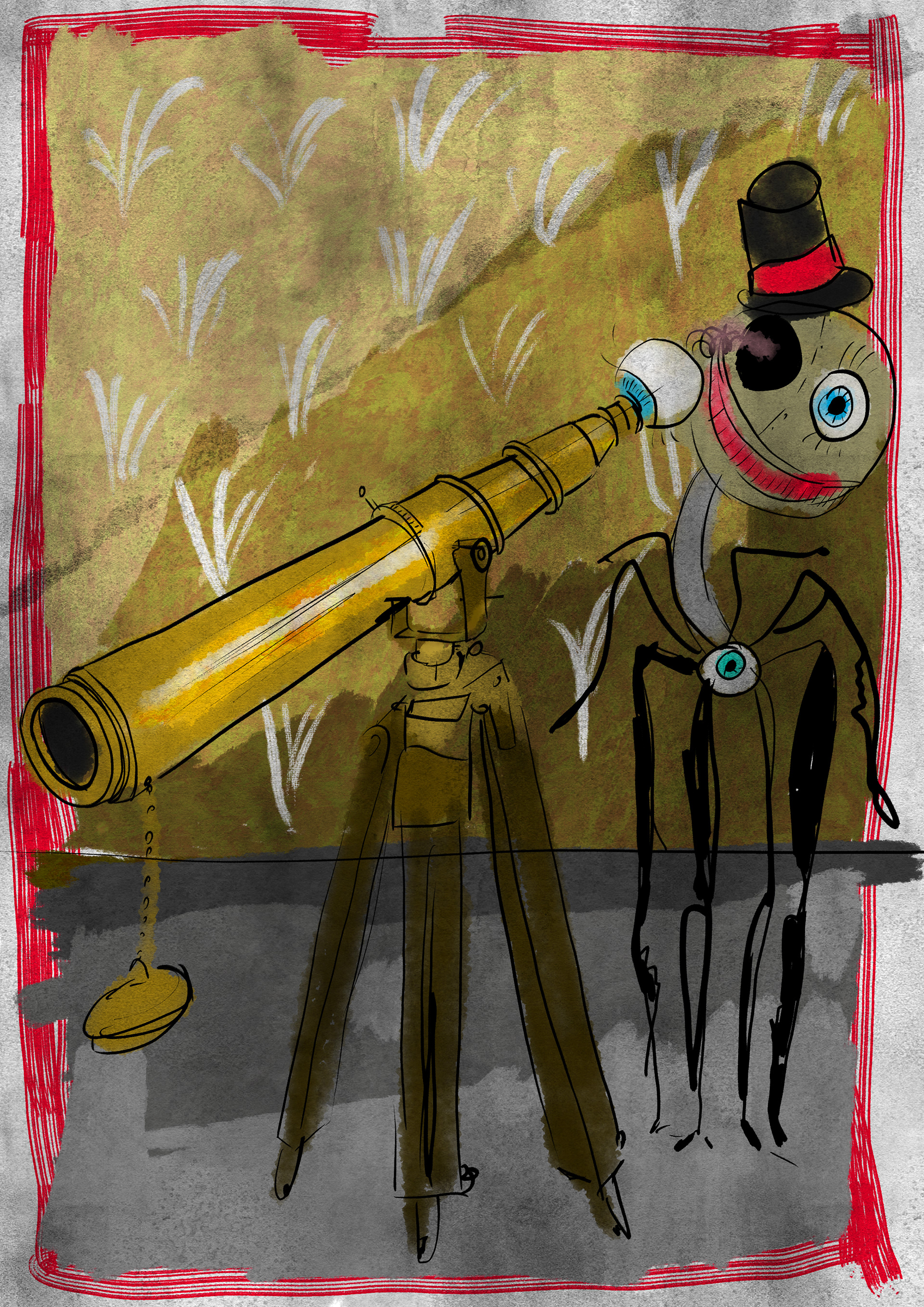

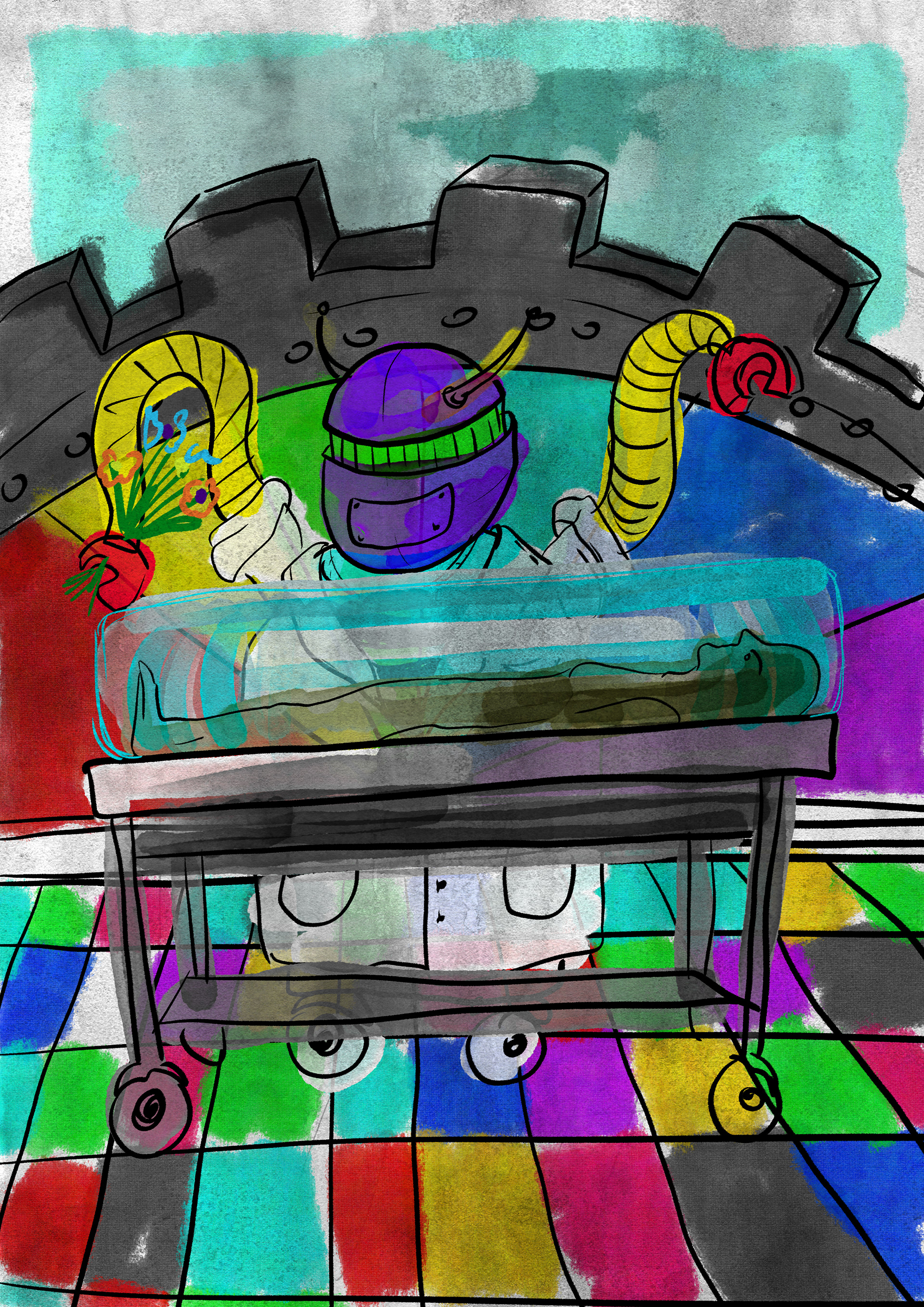
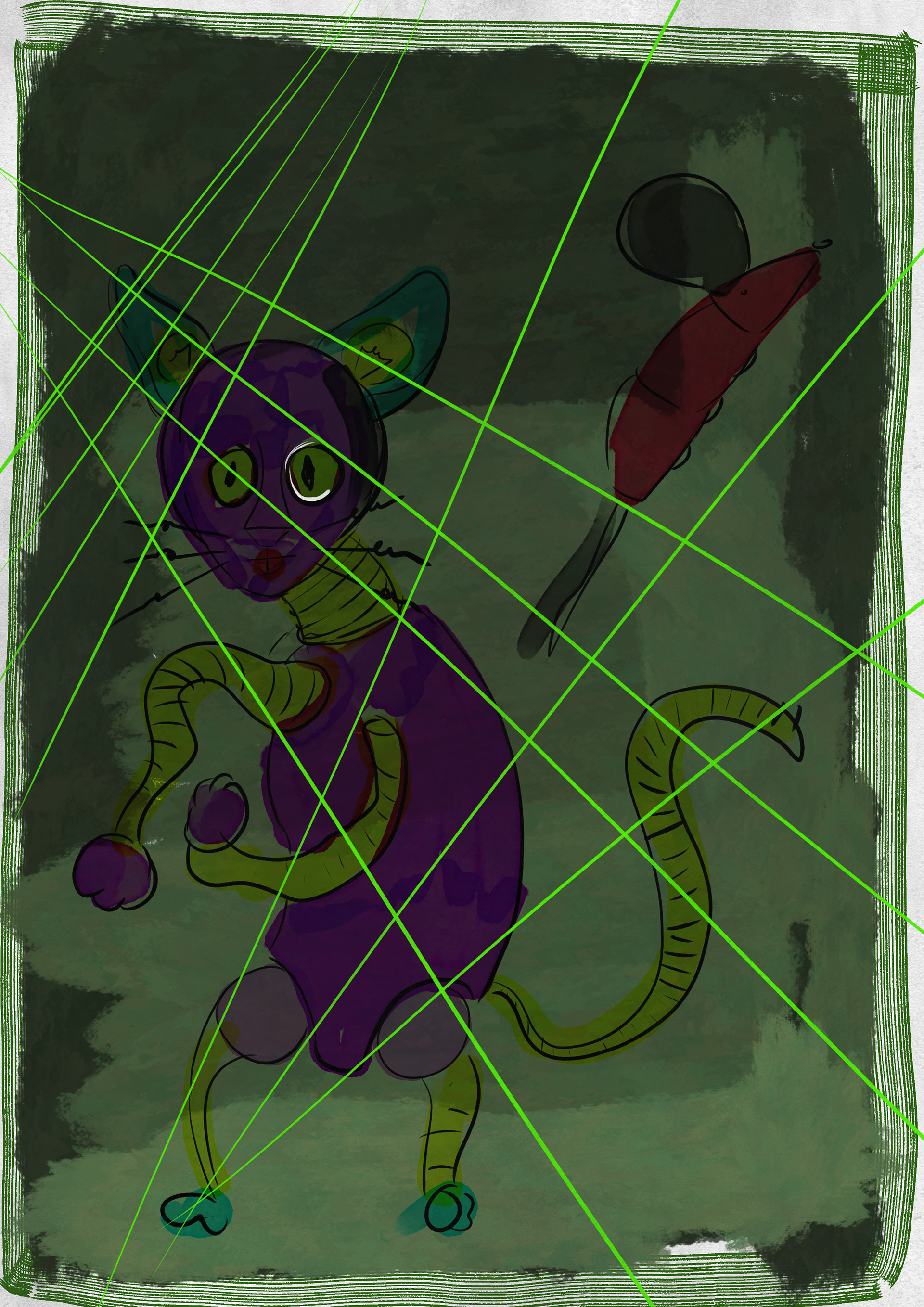
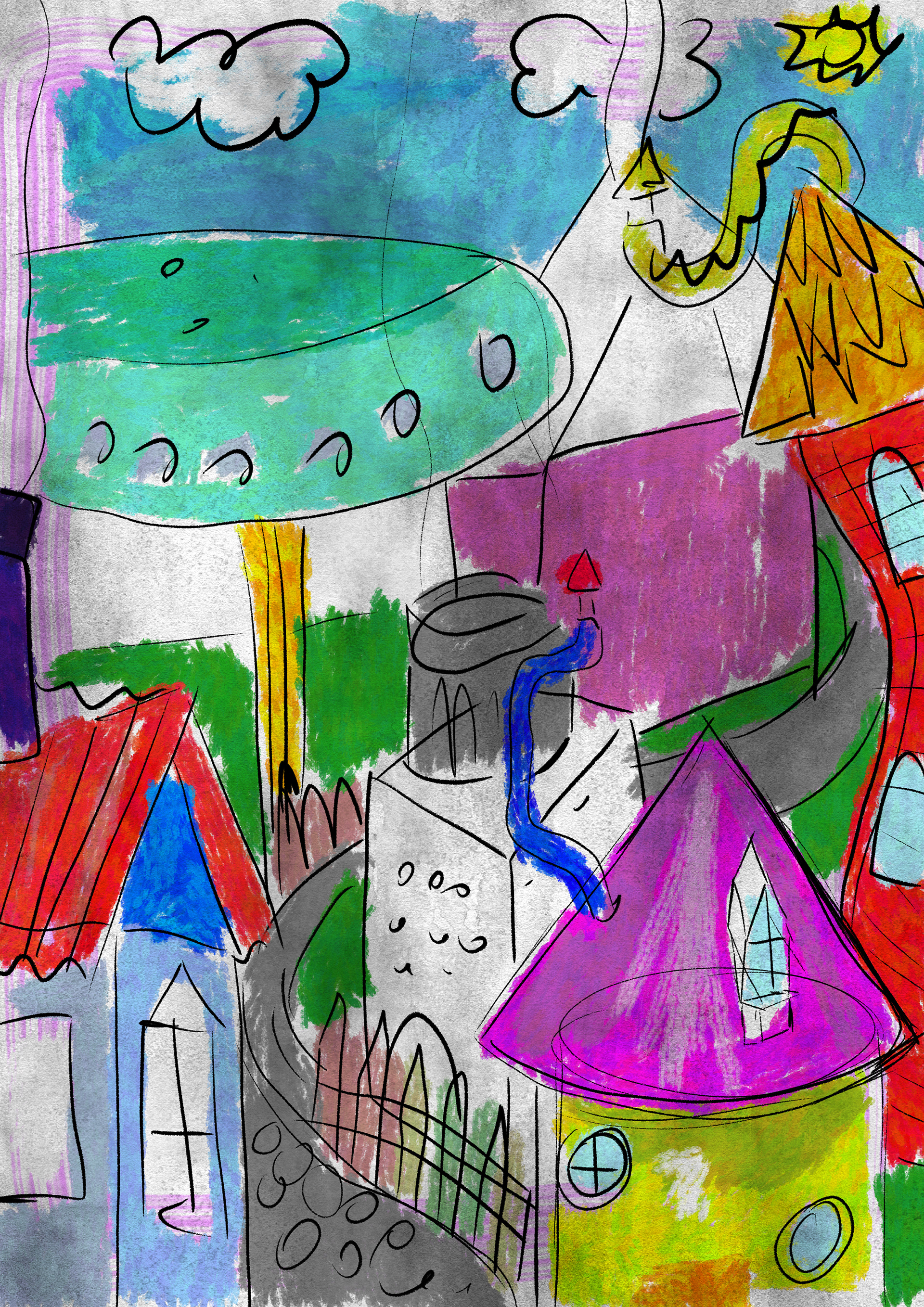
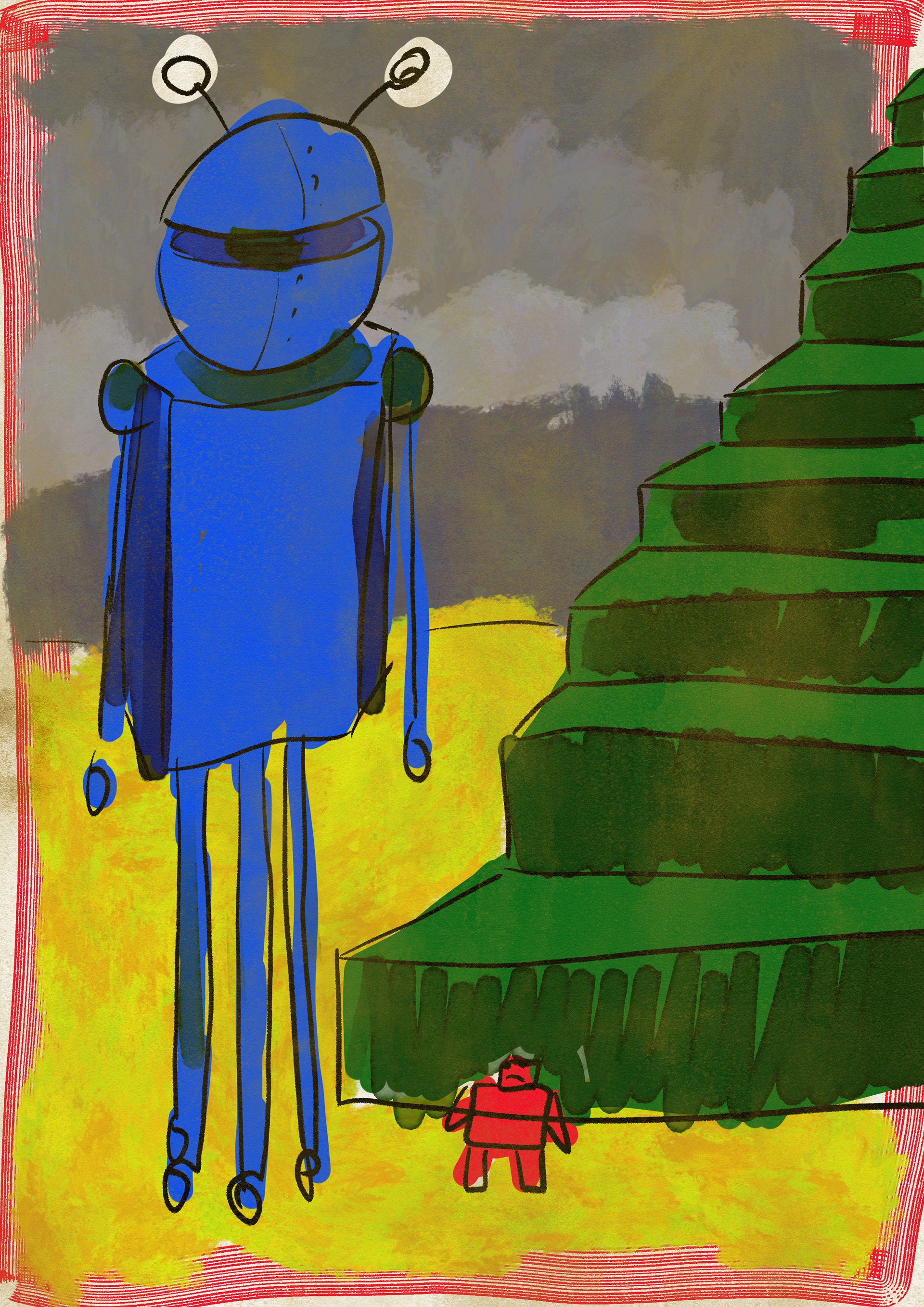

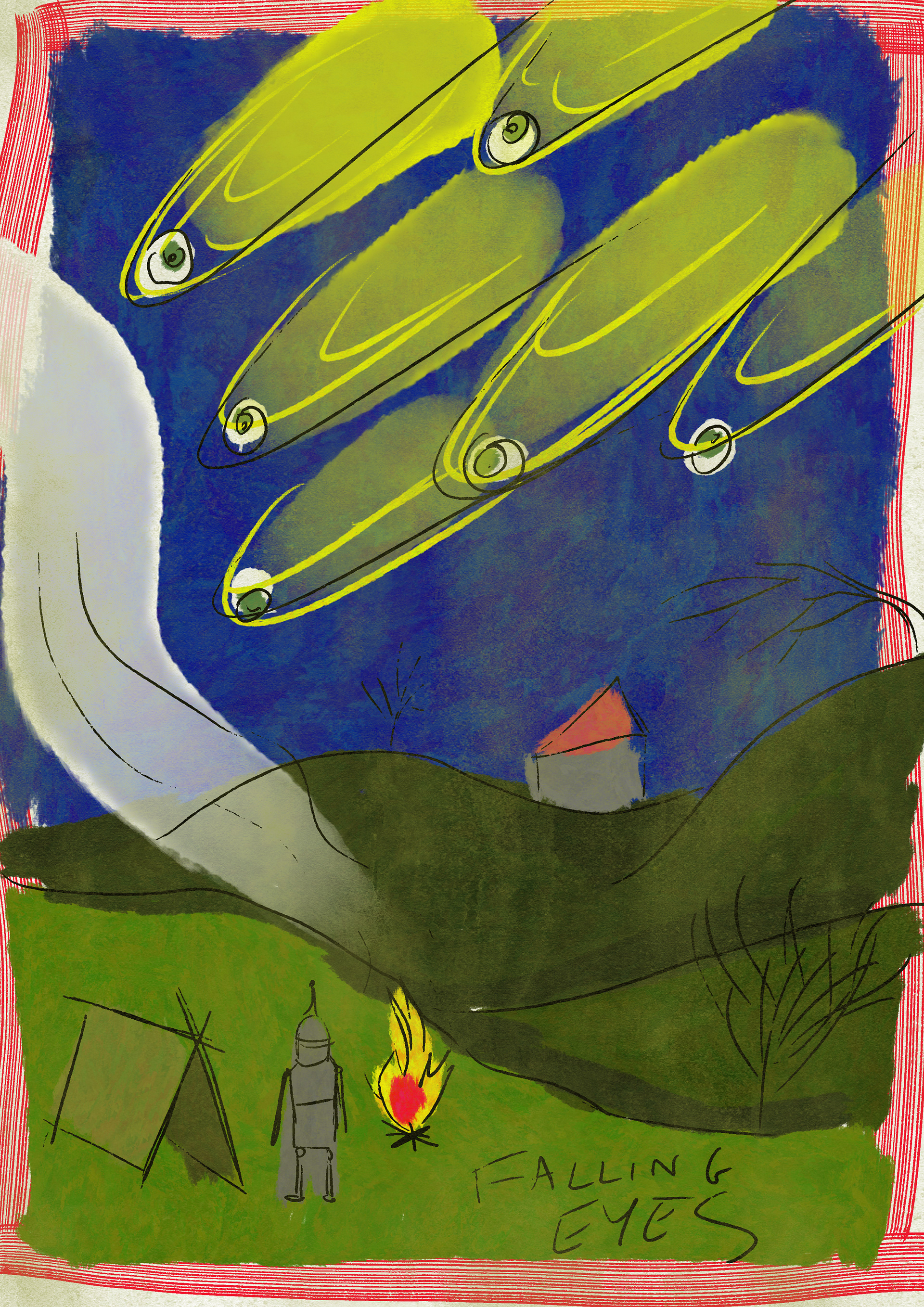
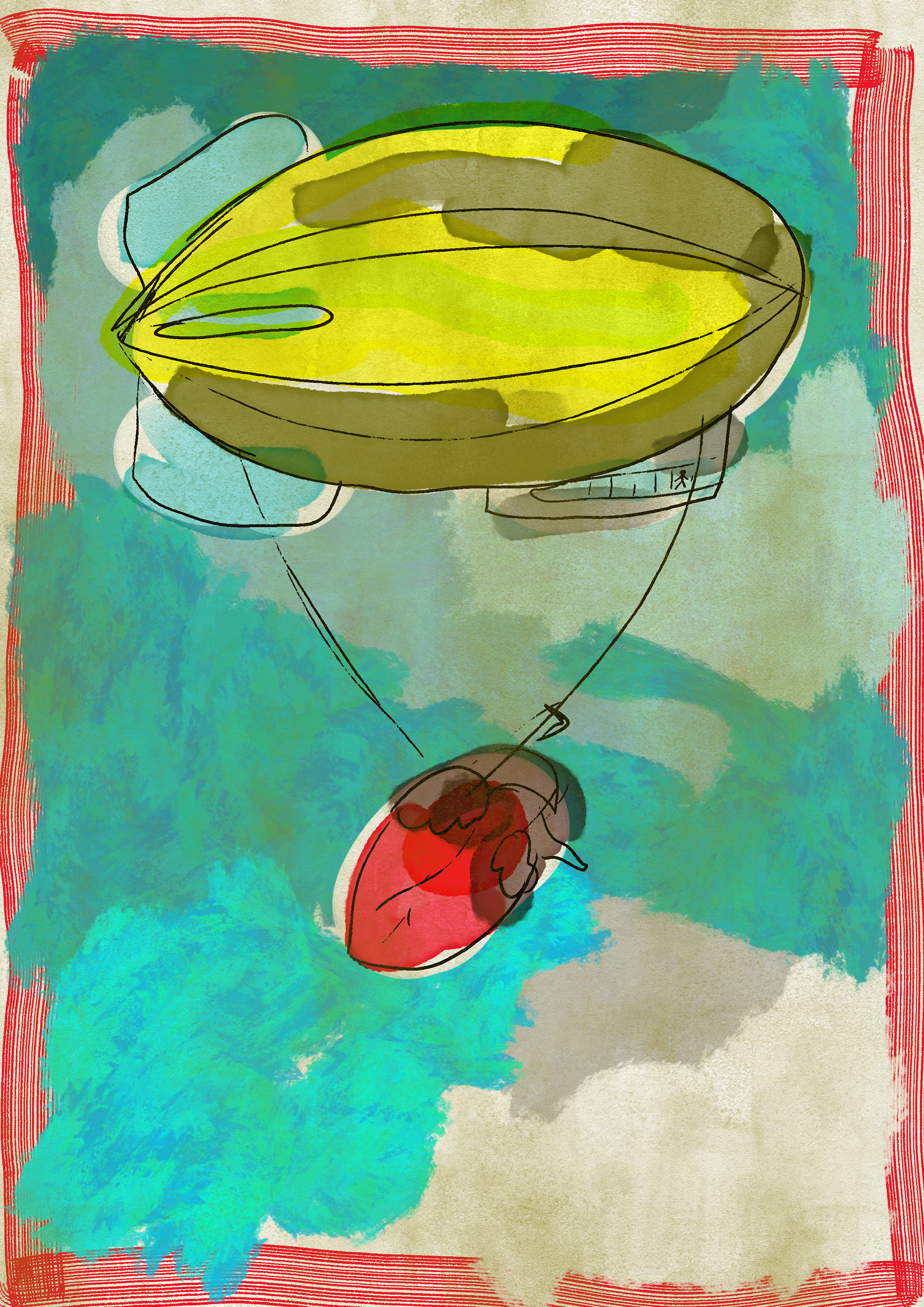
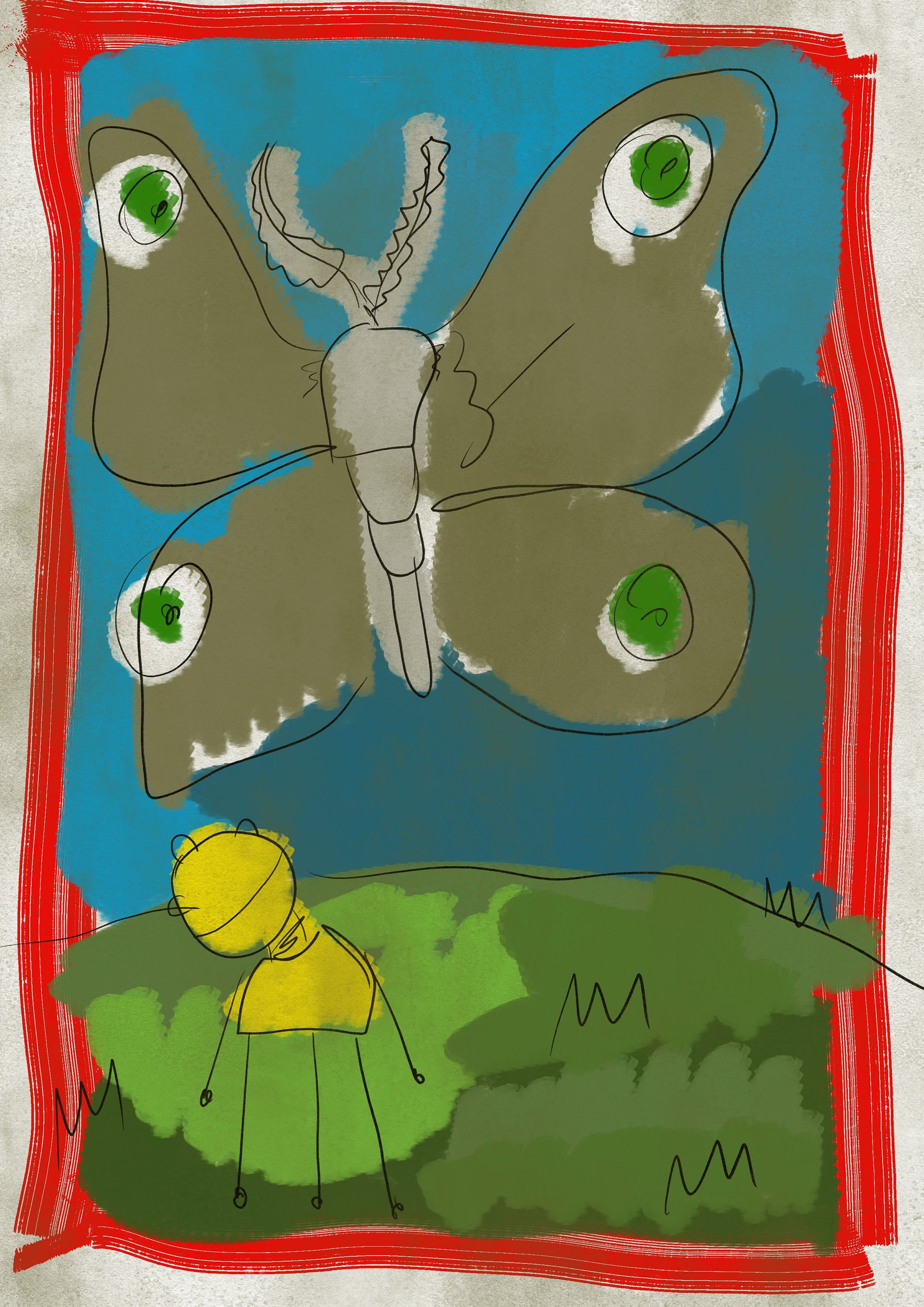
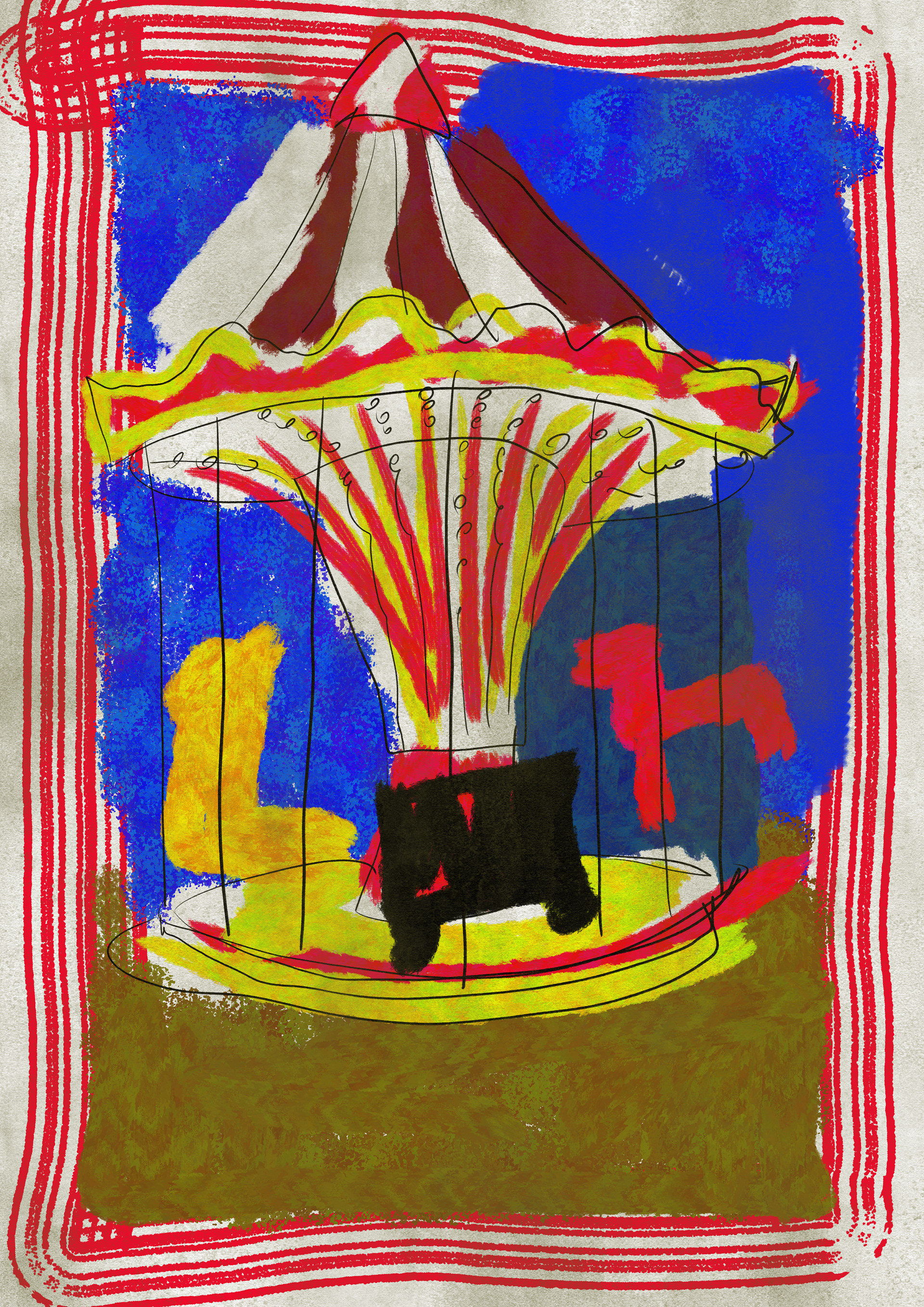
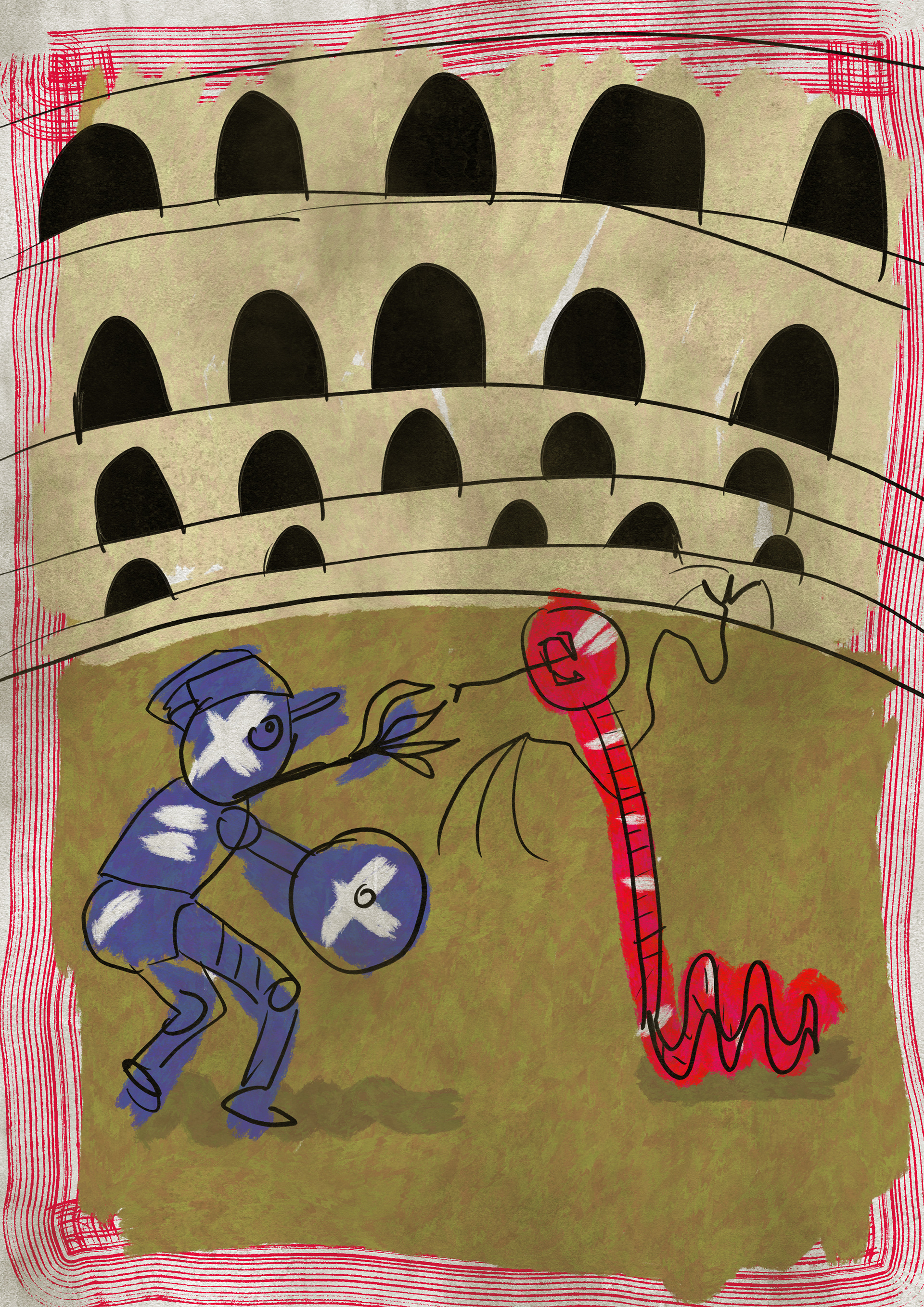
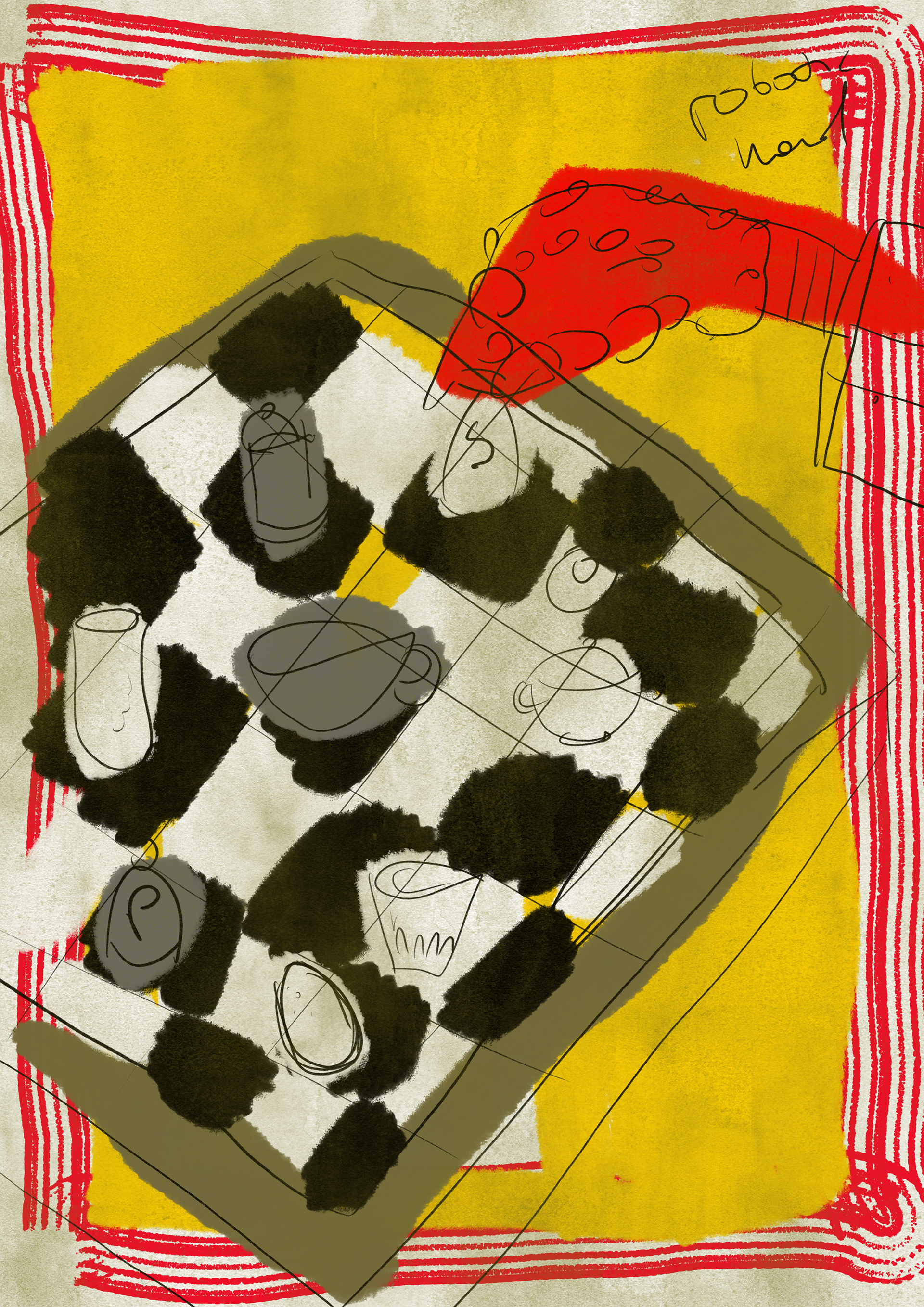
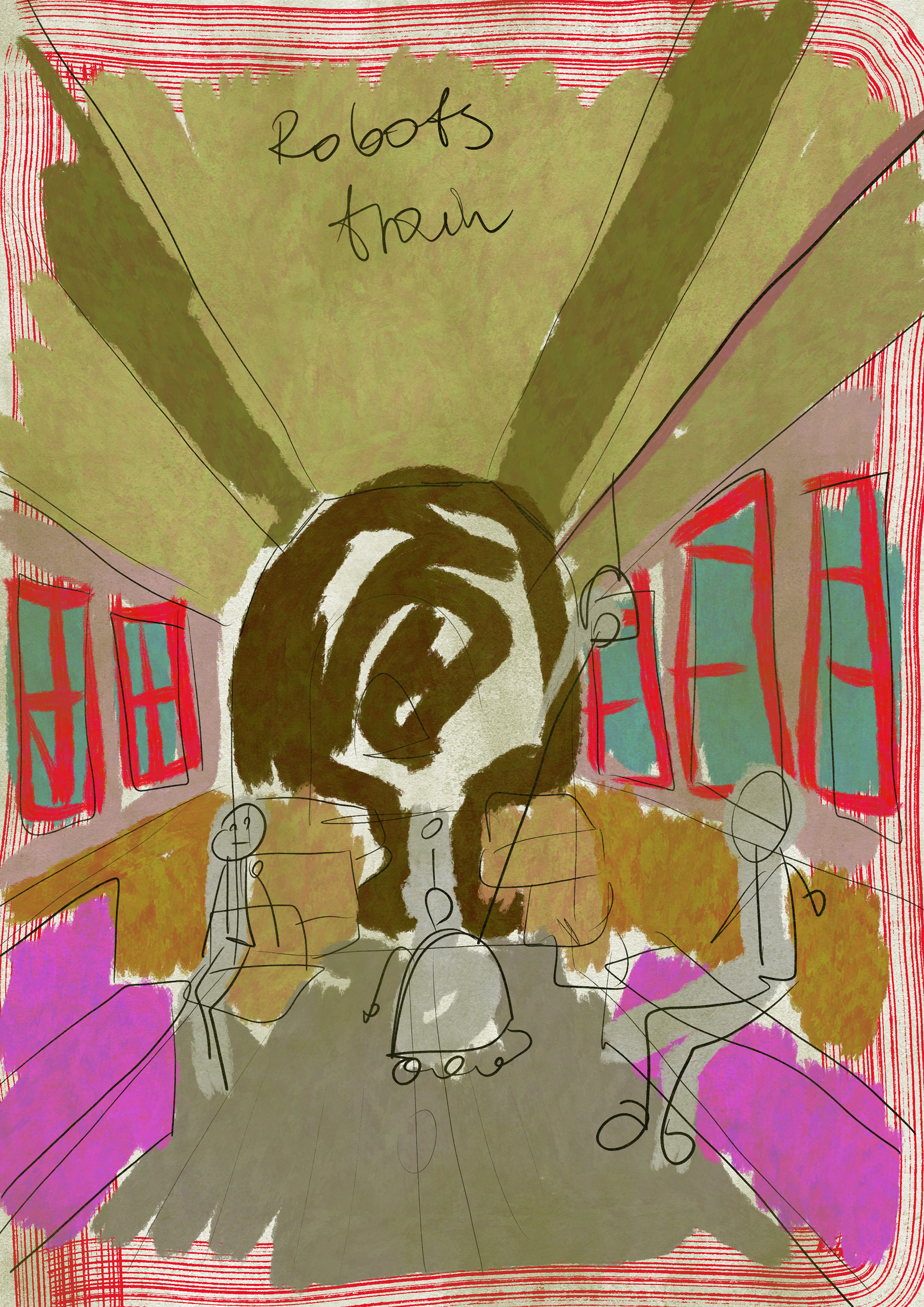
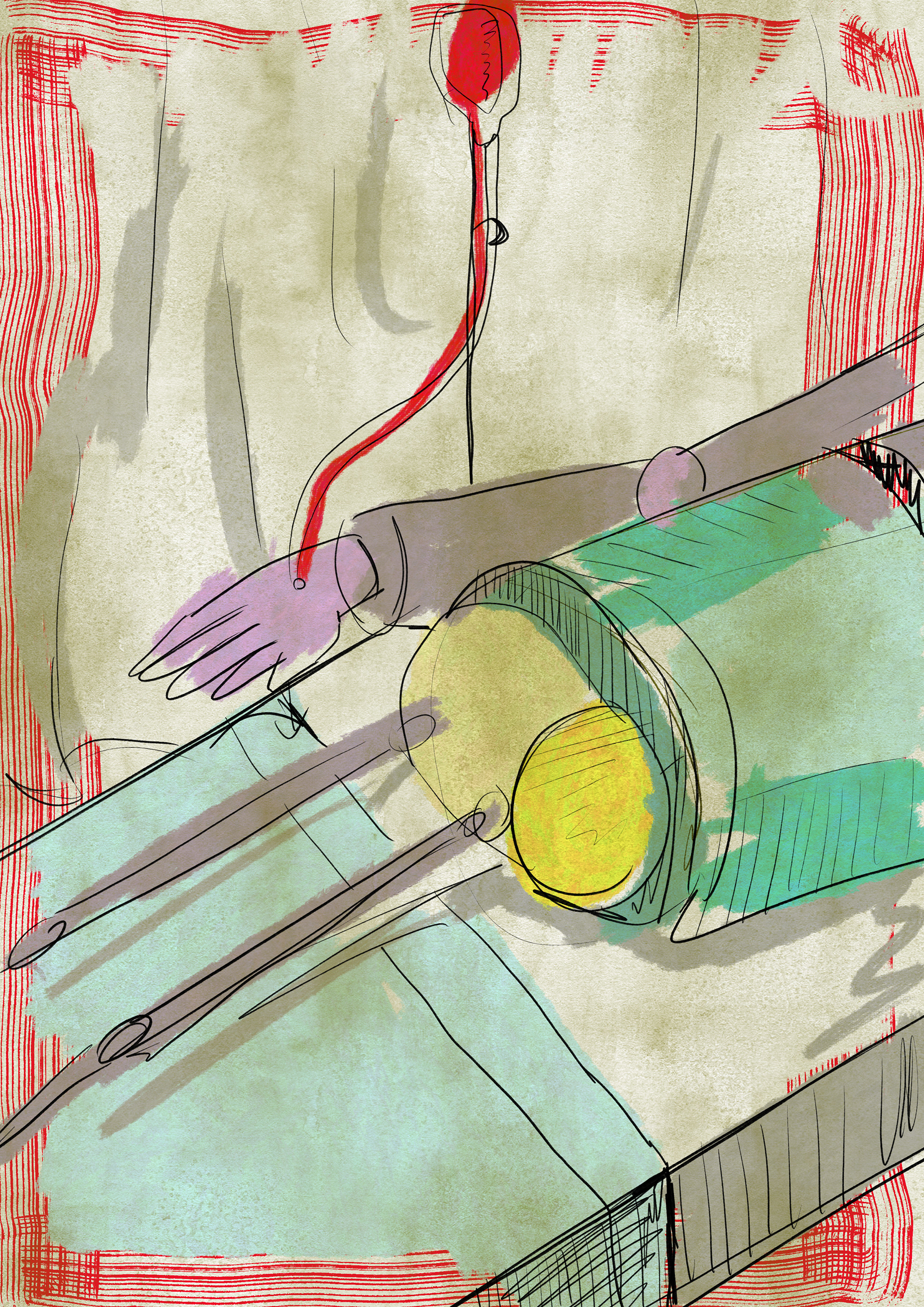
CONTENTS:
STORY CARDS
STARTER CARDS
END CARDS
TIP CARDS
NOTEBOOK FOR SCORES
INSTRUCTION
SETUP:
EACH PLAYER DRAWS 5 STORY CARDS. MAKE A DRAW PILE FROM REMAINING CARDS. PLACE STARTER CARDS AND STORY CARDS NEXT TO THEM. PREPARE NOTEBOOK AND PEN TO KEEP TRACK ON SCORES.
DO NOT SHOW YOUR CARDS TO ANYONE ELSE.
FIRST TURN:
PLAYER WHOSE TURN IT IS CURRENTLY HAPPENING IS A STORYTELLER. PERSON WHO IS NEXT IN TURN IS A CRITIC. EACH PLAYER DRAWS 5 STORY CARDS (DO NOT SHOW THEM TO OTHER PLAYERS).
THE LAST PLAYER WHO DEALT WITH A TECHNOLOGY RELATED ISSUE IS THE FIRST ONE TO START. ROUND GOES CLOCKWISE.
STORY BEGINS WHEN STORYTELLER DRAWS STARTER CARD.
AFTER READING OUT LOUD STARTER CARD AND BEST FITTING STORY CARD STORYTELLER STARTS THE STORY AND PLACES STORY CARD ON THE TABLE SO EVERYONE CAN SEE IT. NEXT CARDS ARE PLACED BY THE OTHER PLAYERS NEXT TO IT TO CREATE VISUAL STORY.
GAME TURN:
AFTER FIRST PLAYER IS FINISHED CRITIC BECOMES A STORYTELLER AND NEXT PERSON BECOMES CRITIC.
CRITIC GIVES THE SCORES (AFTER FIRST PLAYER WILL OPEN THE STORY). IN A SCALE 1-5 POINTS ARE GIVEN TO OVERALL STORY. AFTER THAT POINTS ARE GIVEN TO STORYTELLER. IT CAN BE THE SAME NUMBER AS THE STORY POINTS OR ONE LESS/ONE MORE. AFTER YOU TURN DRAW ONE CARD TO ALWAYS HAVE 5 STORY CARDS IN YOUR HAND.
GAME END:
GAME ENDS WHEN THE PERSON WHO WAS THE FIRST STORYTELLER DRAWS THE ENDING CARD AND FINISHES THE STORY (POINTS ARE GIVEN BY THIS ROUND).
THE PLAYER WITH THE HIGHEST SCORE WINS UNLESS STORY GOT A HIGHER SCORE. IN THAT SCENARIO ALL THE PLAYERS ARE WINNERS.
TIPS:
DISCUSS HOW LONG YOU WANT TO PLAY BEFORE YOU START THE GAME. YOU CAN ALWAYS PLAY LONGER THAN YOUR ESTIMATE TIME.
YOUR NARRATIVE CAN BE AS LONG AS YOU WANT. DEPENDING ON THE RHYTHM OF THE GAME AND OTHER PLAYERS YOU CAN GO INTO AS MUCH DEPTH AS YOU WANT. BUT REMEMBER – YOU HAVE TO INSPIRE YOUR STORY BY ONE OF THE CARDS FROM YOUR HAND.
TIP CARDS CAN BE USED IF YOU DO NOT HAVE IDEAS HOW TO CONTINUE THE STORY. YOU CAN DRAW ONE PER ROUND AND IF YOU DO IT YOU HAVE TO INCLUDE IT IN YOUR STORY. CRITIC WILL GIVE YOU LESS POINTS IF YOU DO NOT INCLUDE ENOUGH ELEMENTS FROM CARDS.